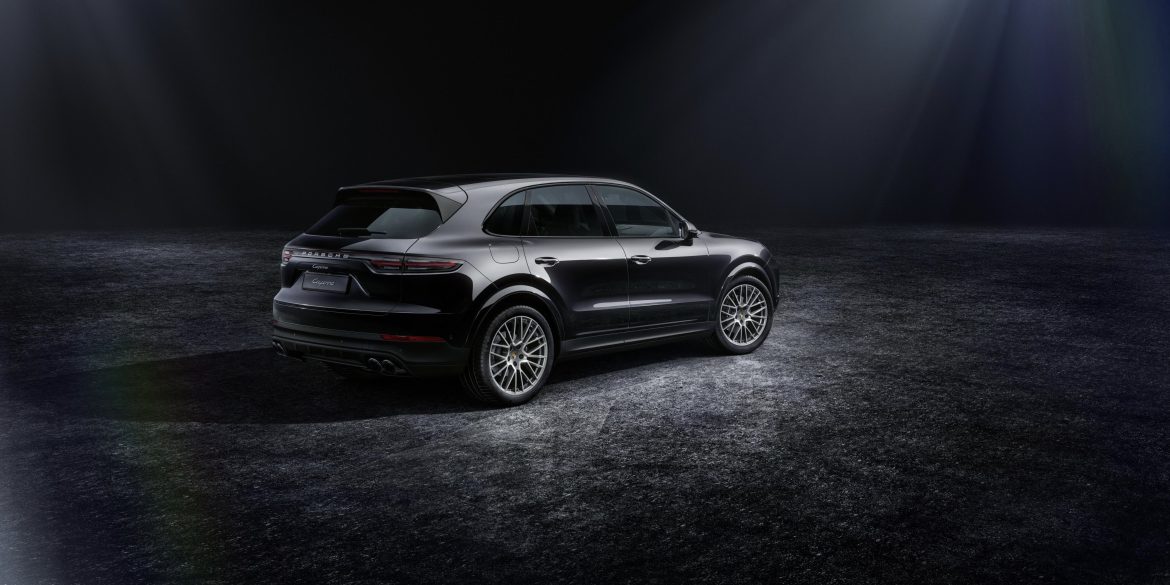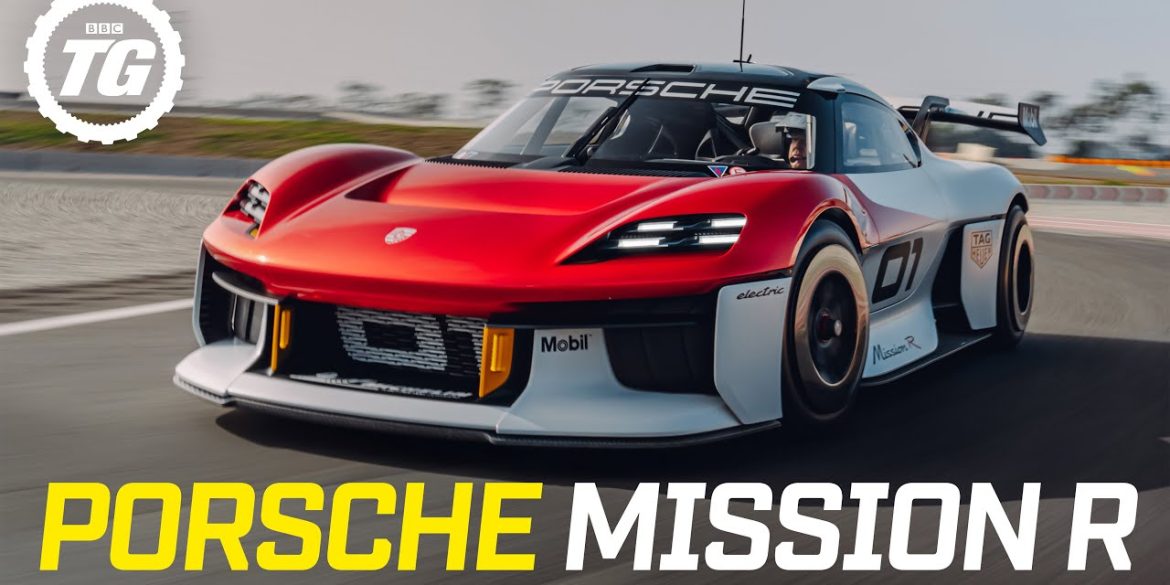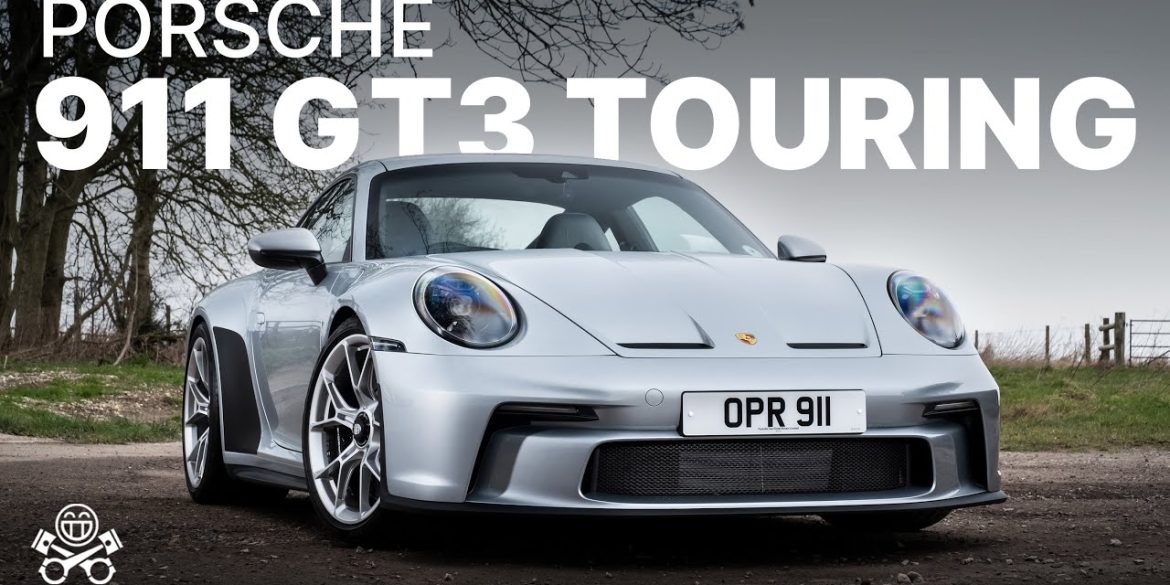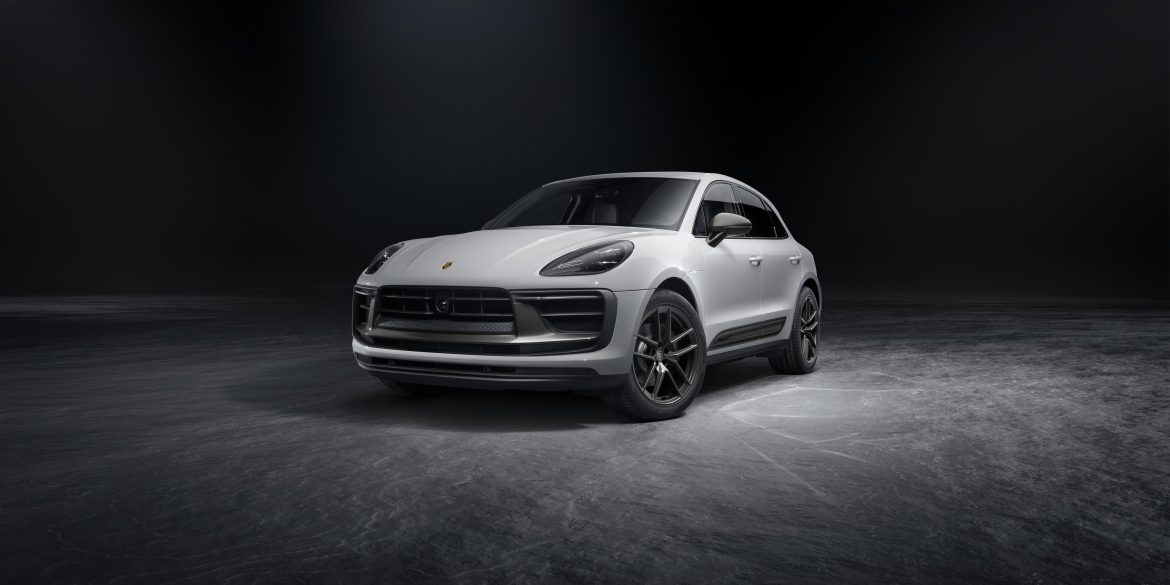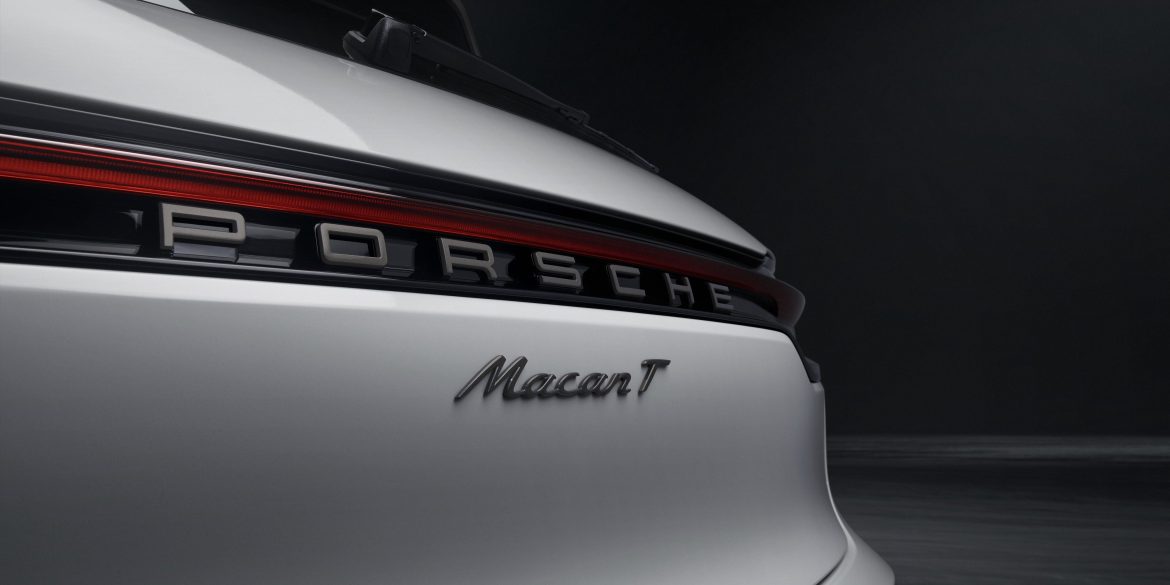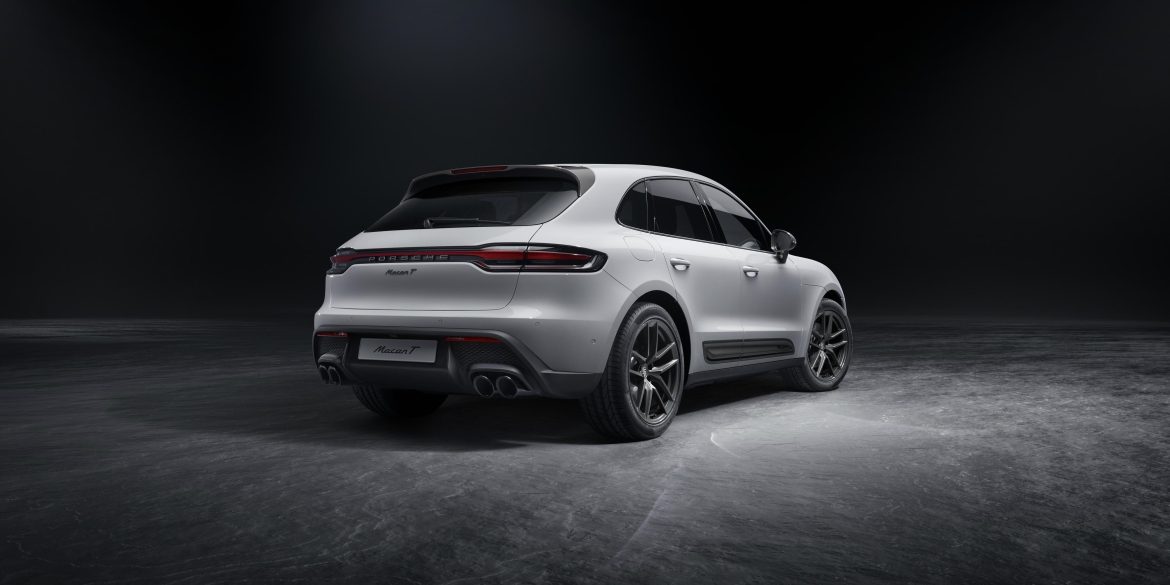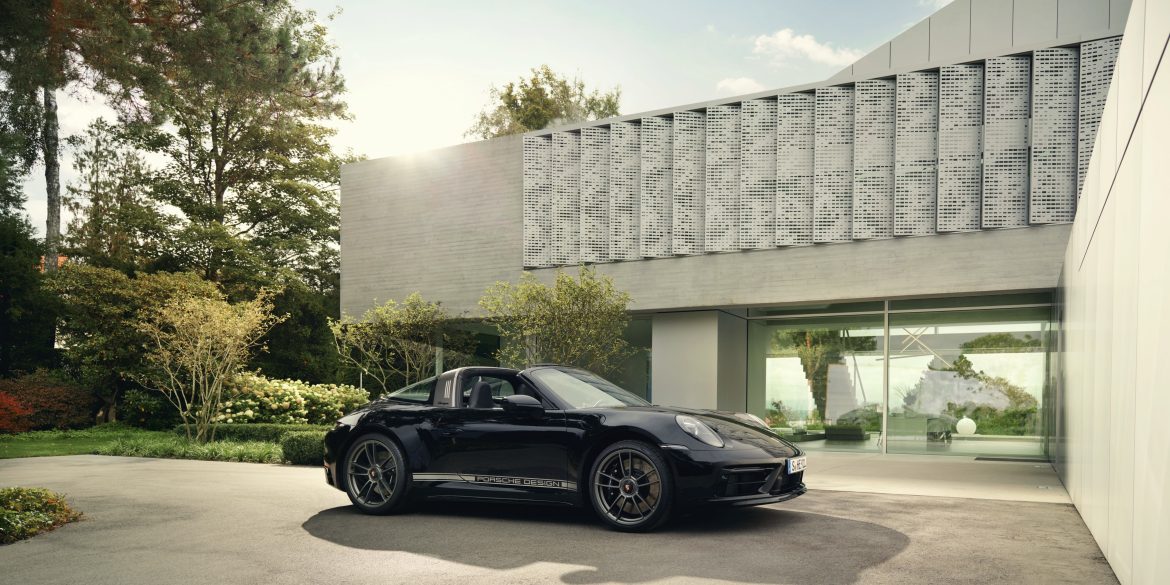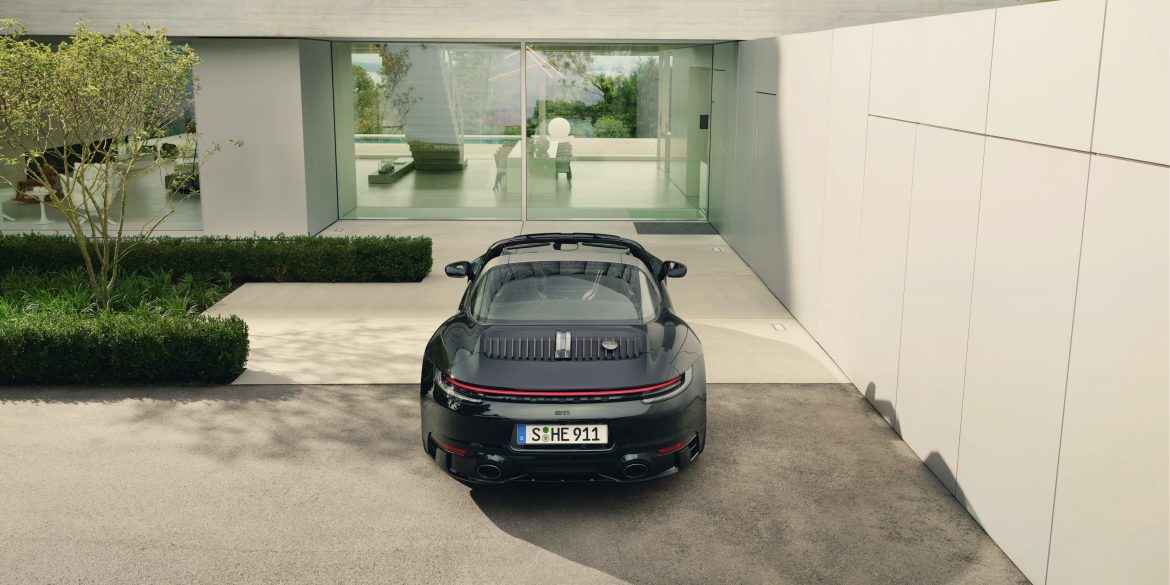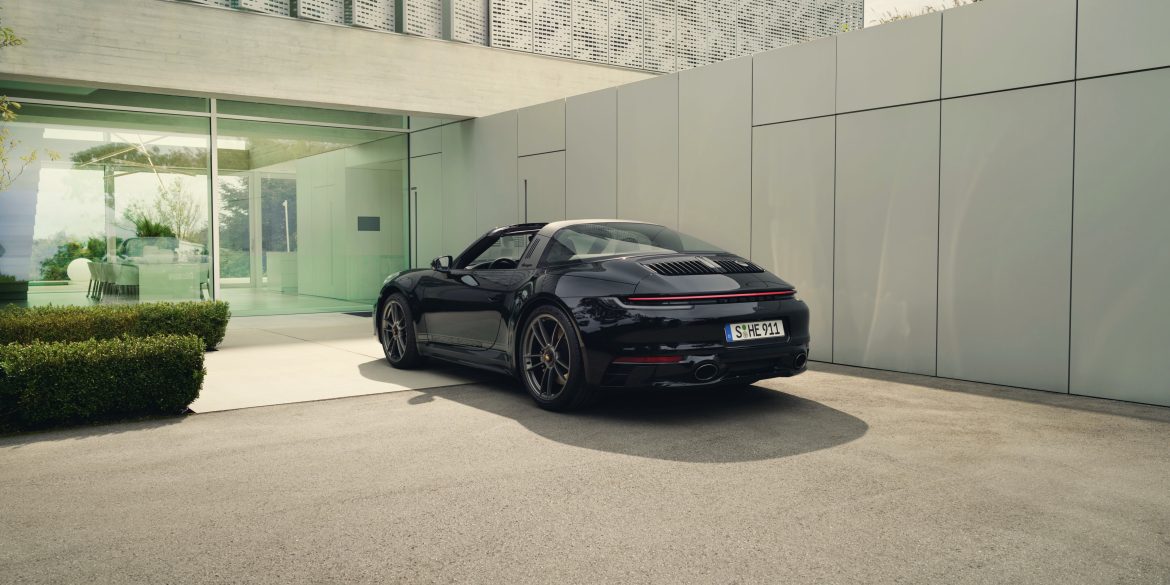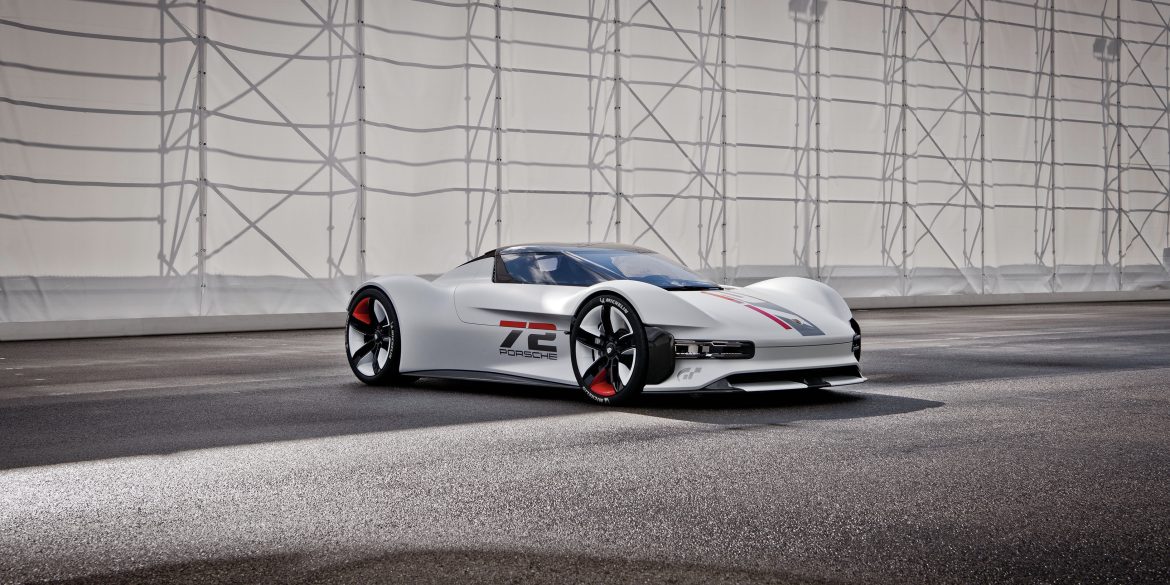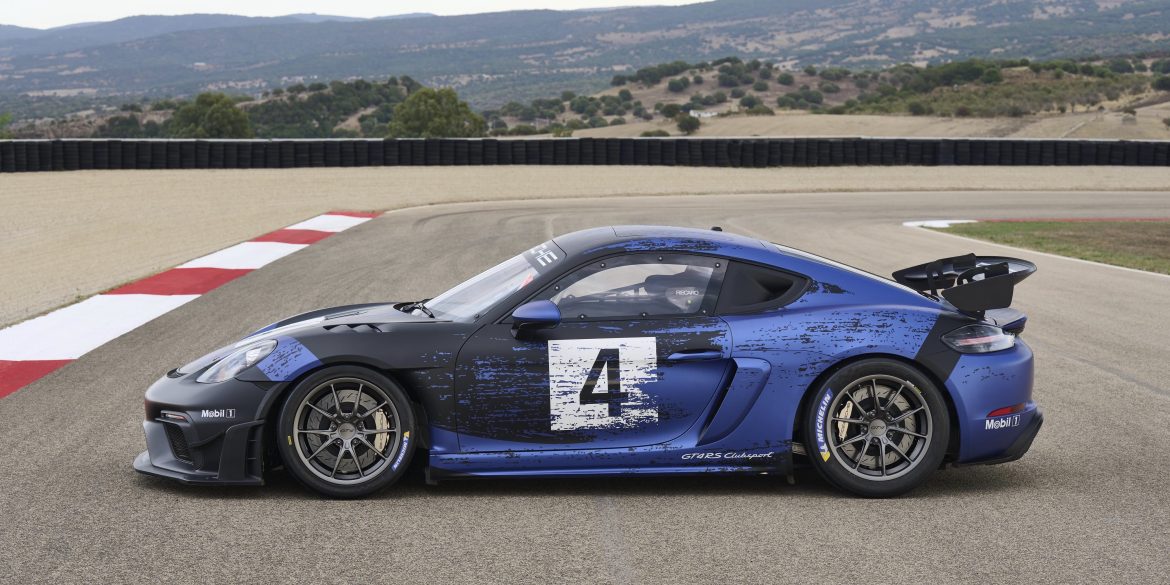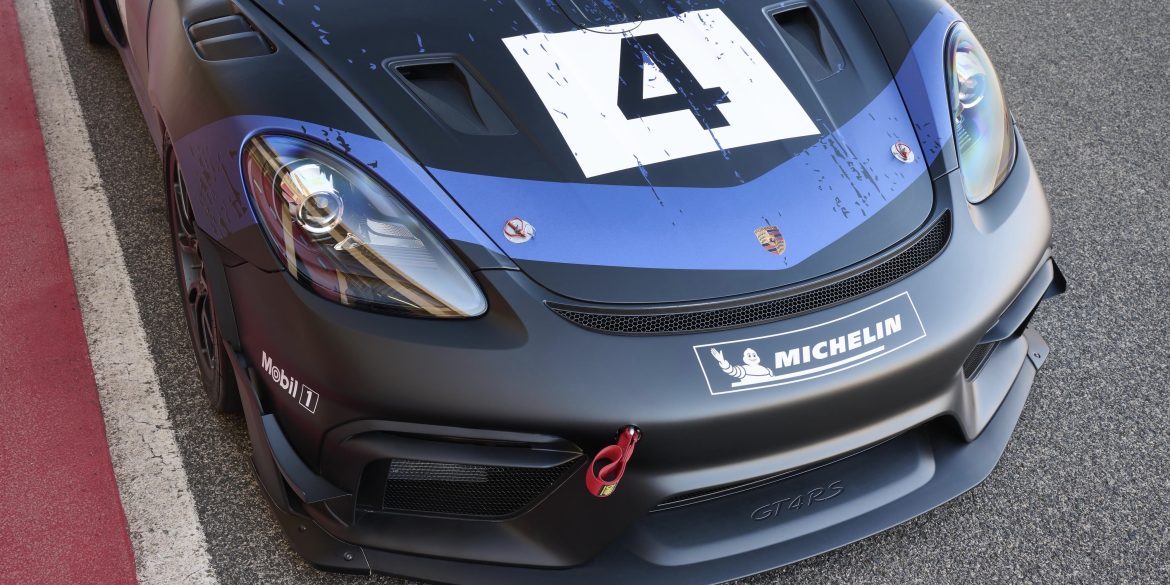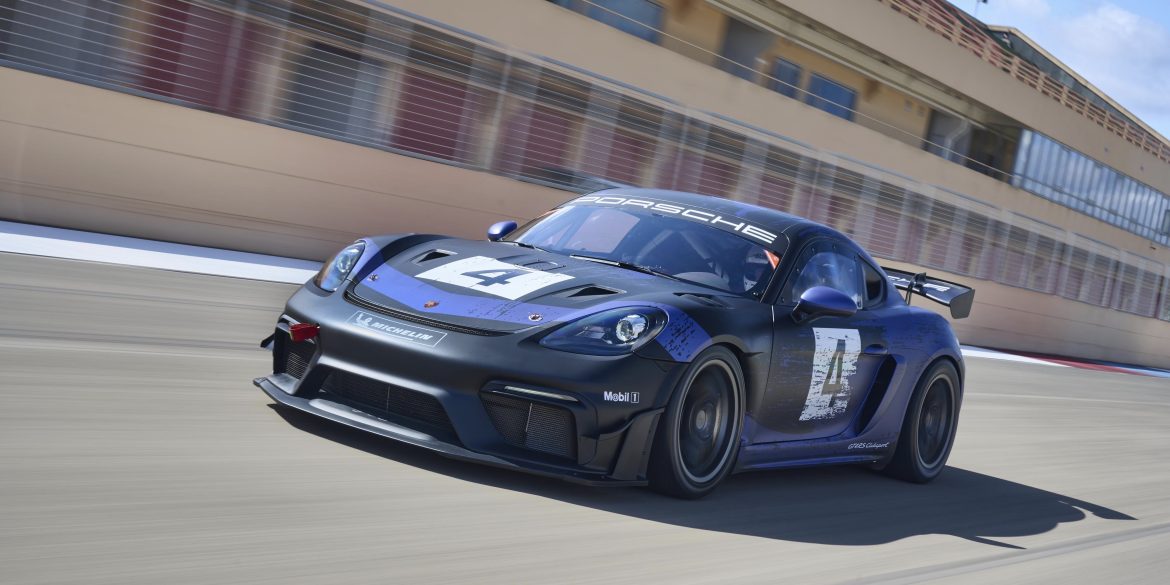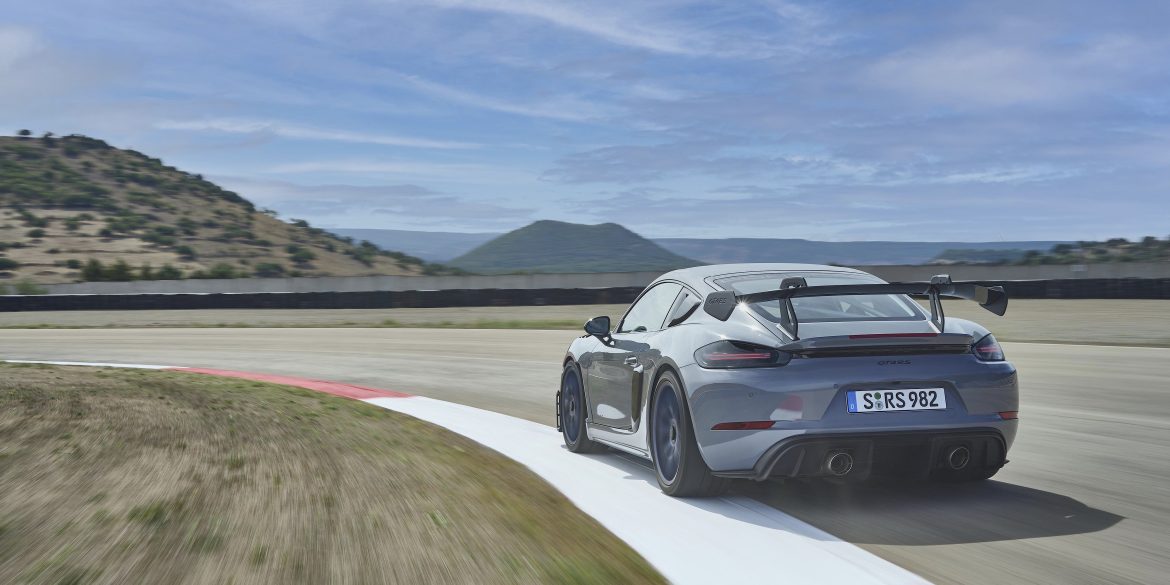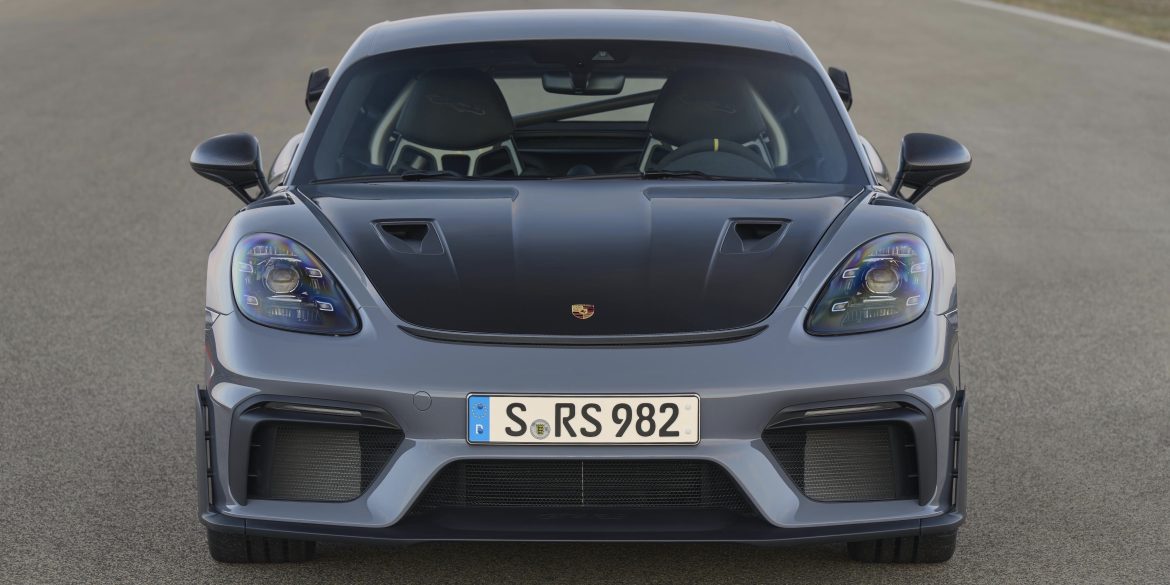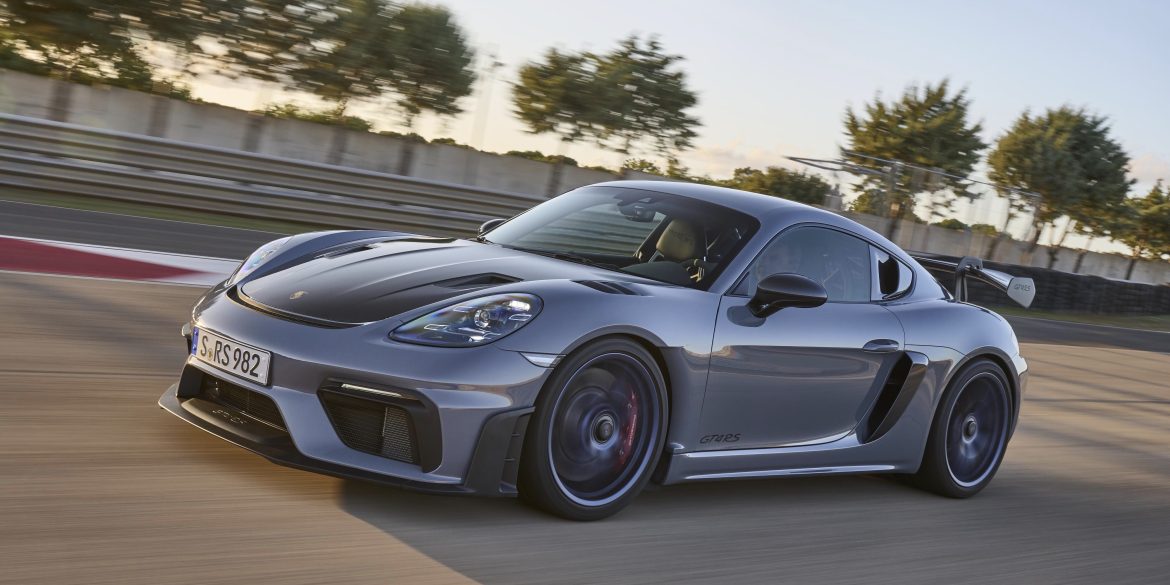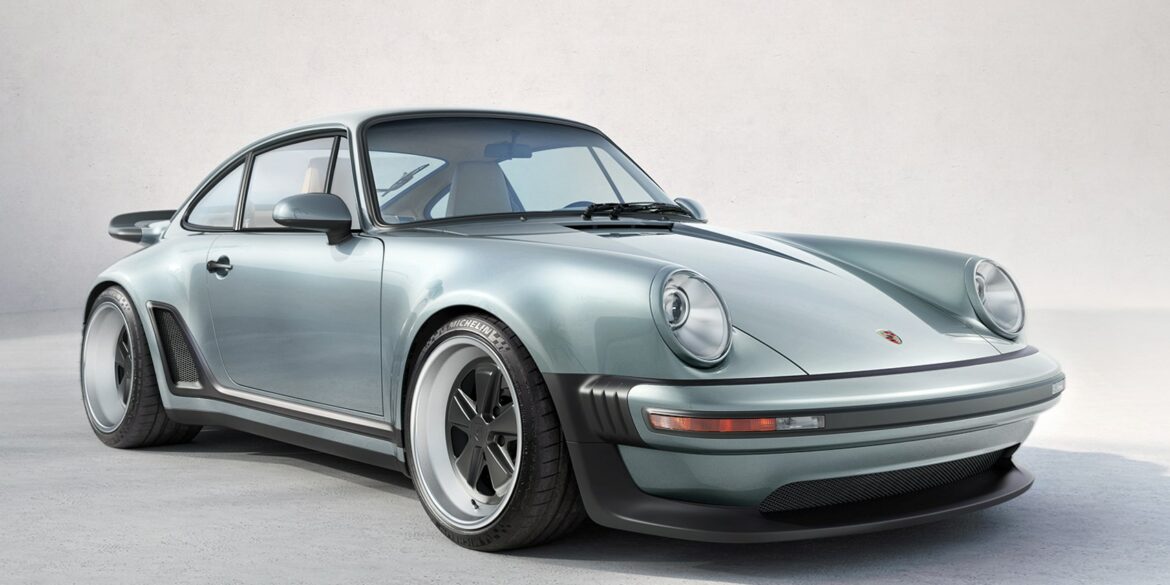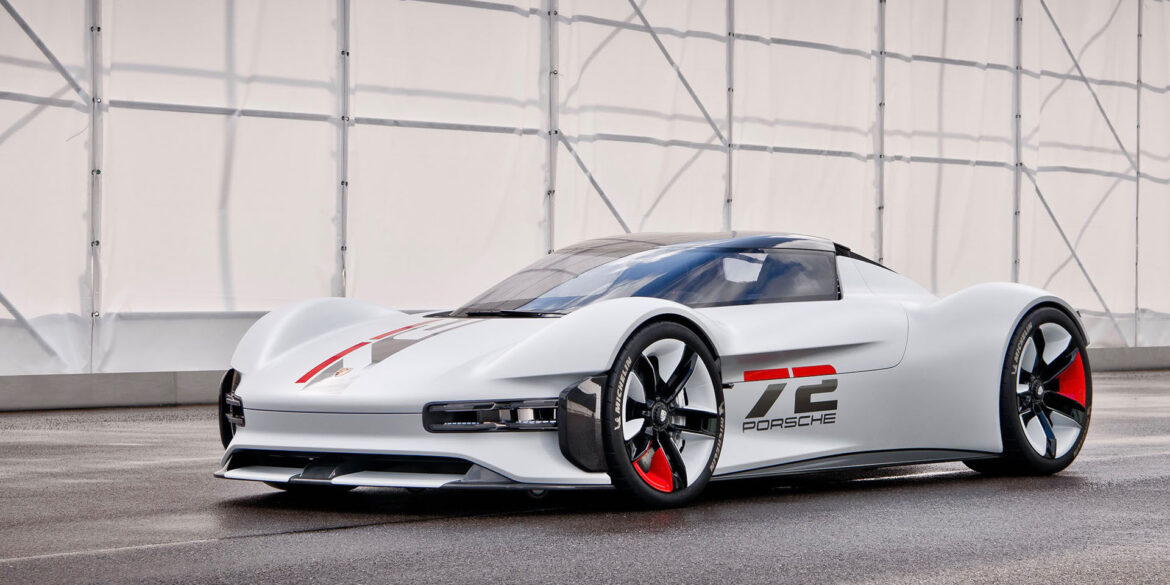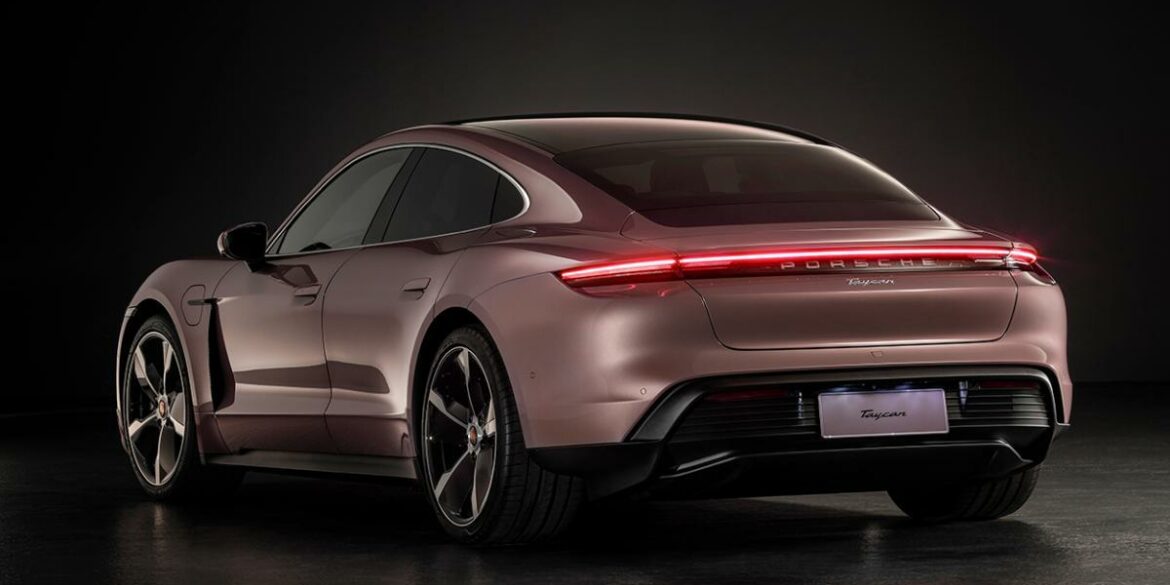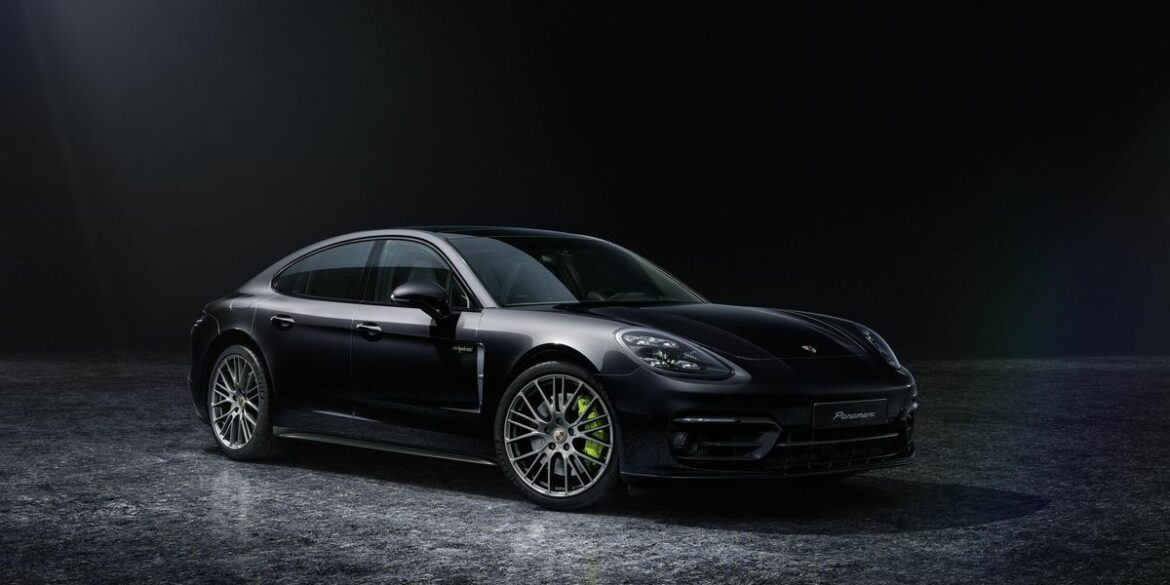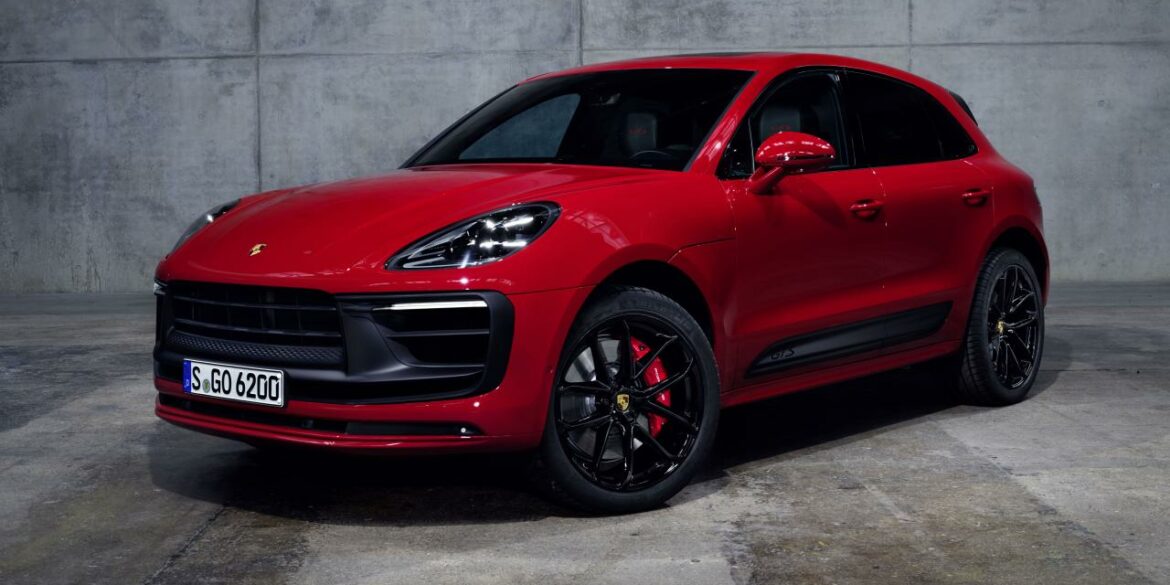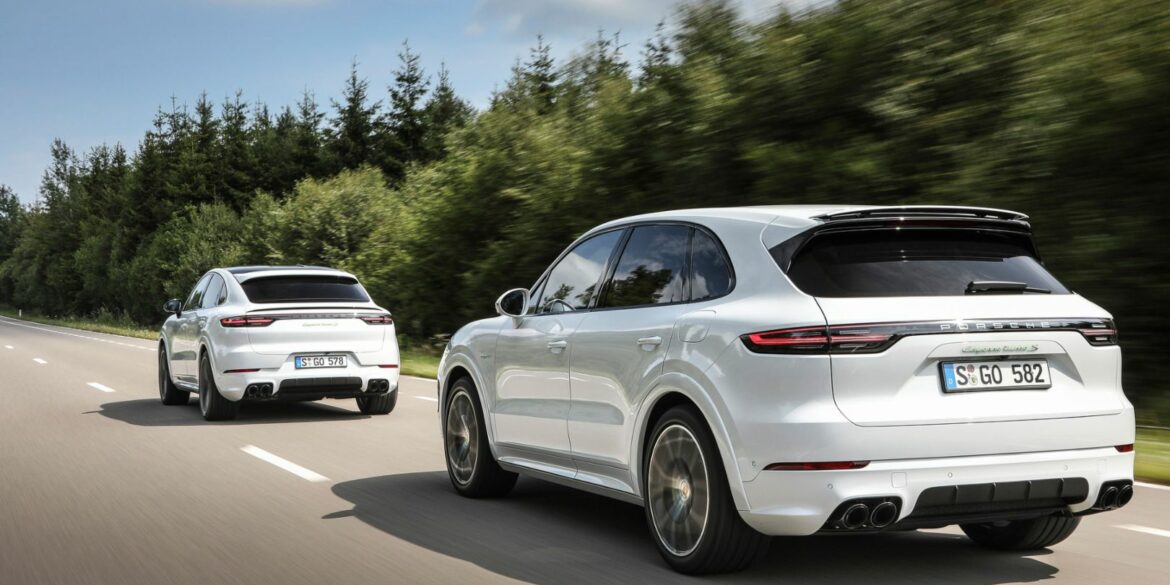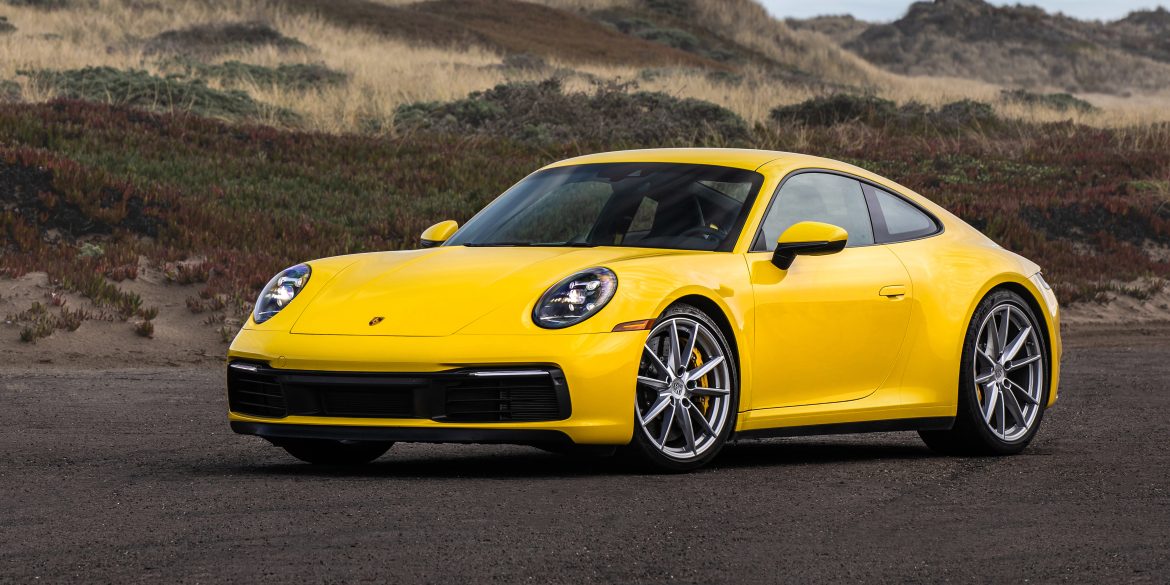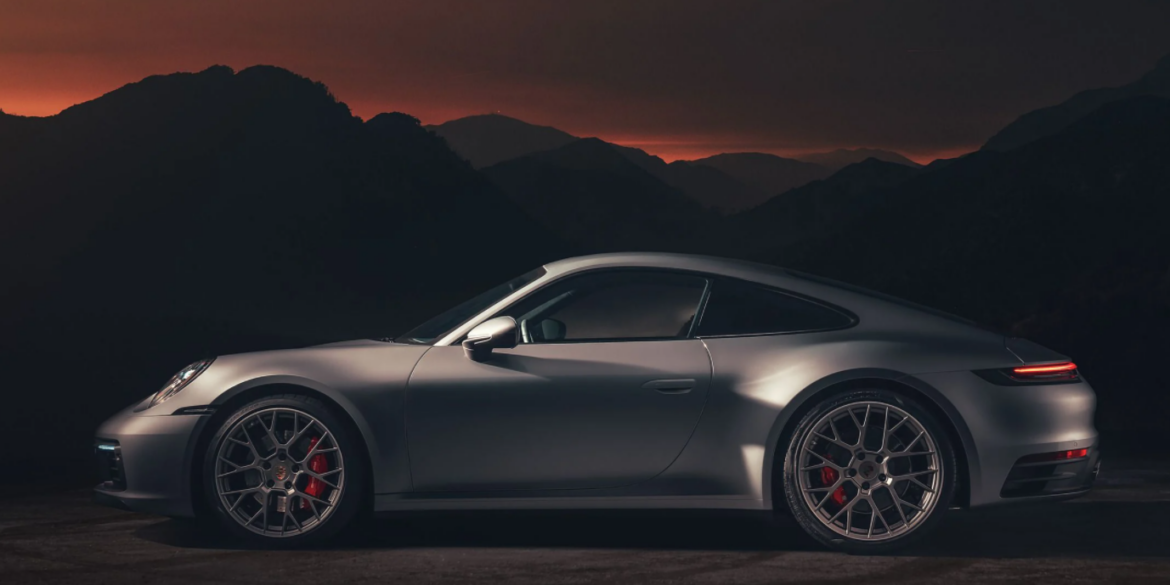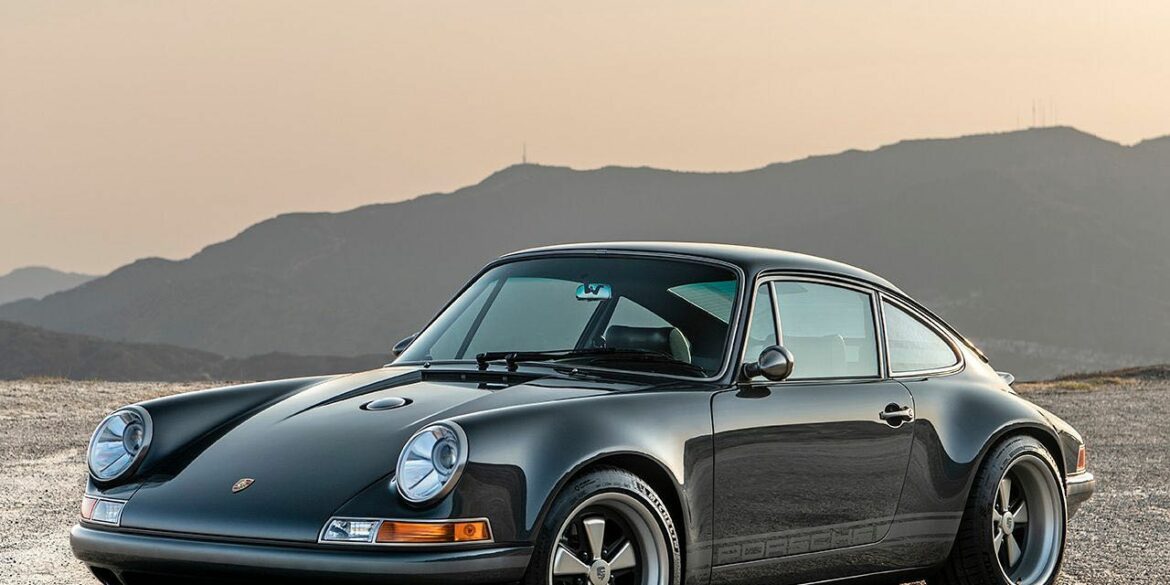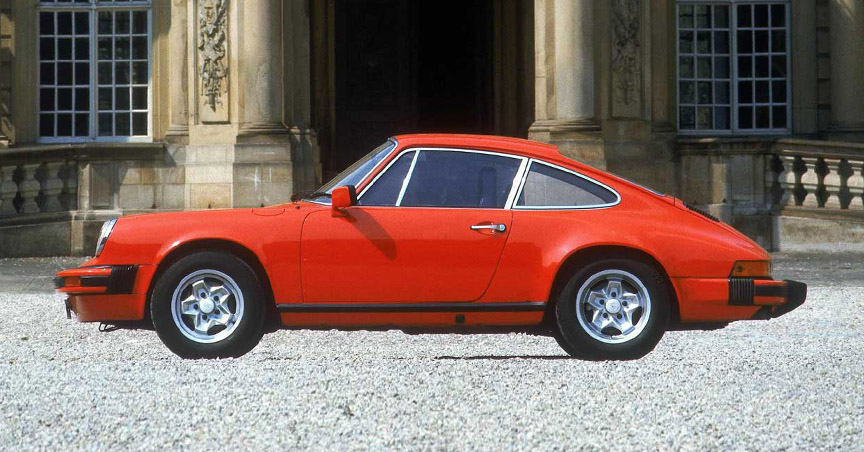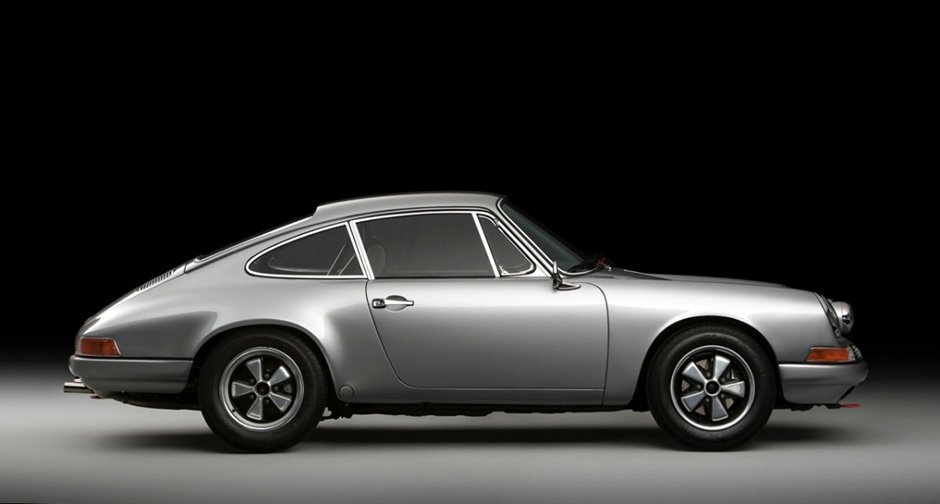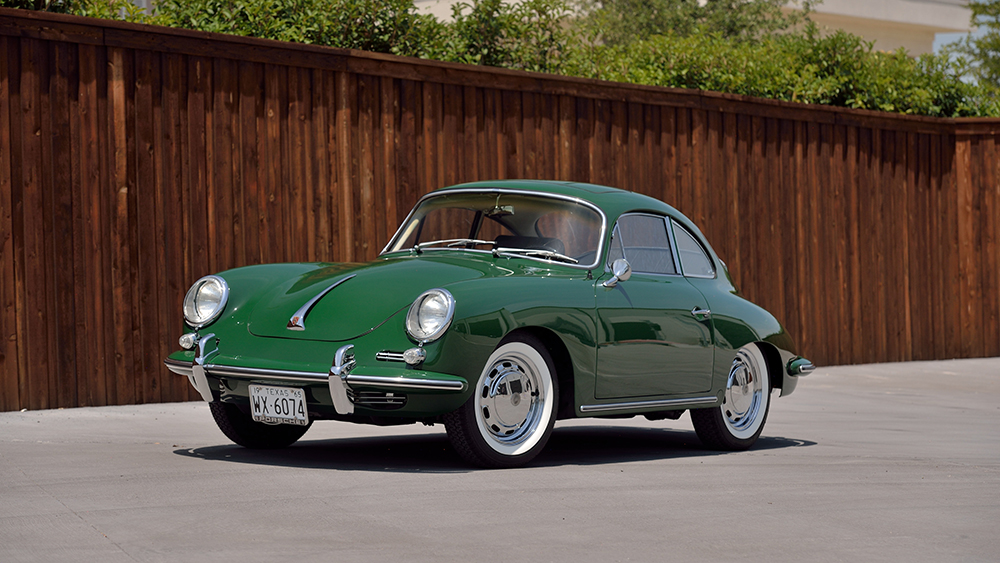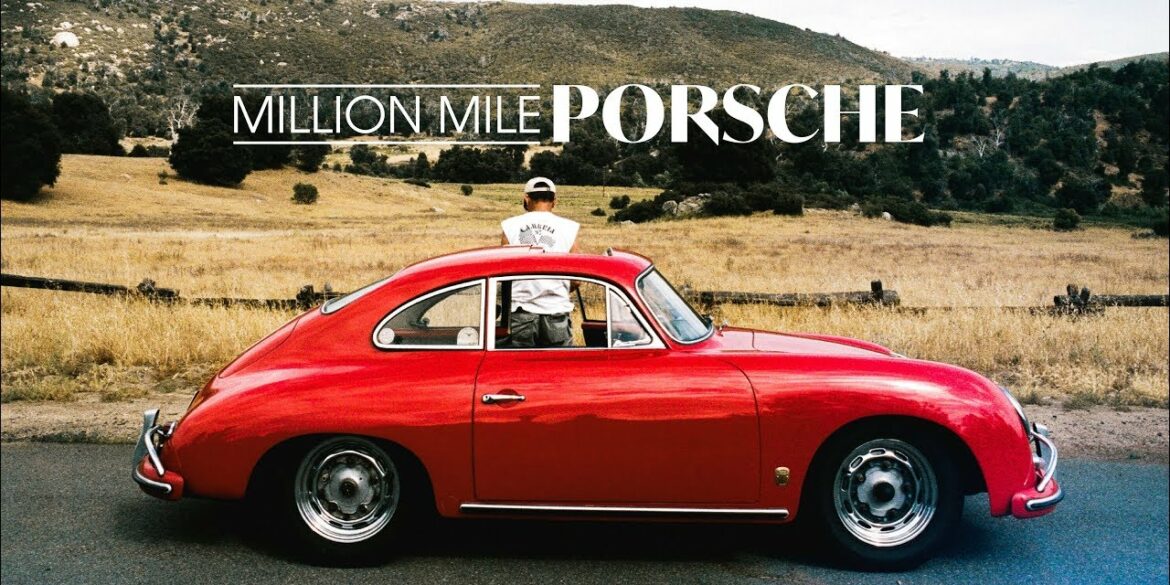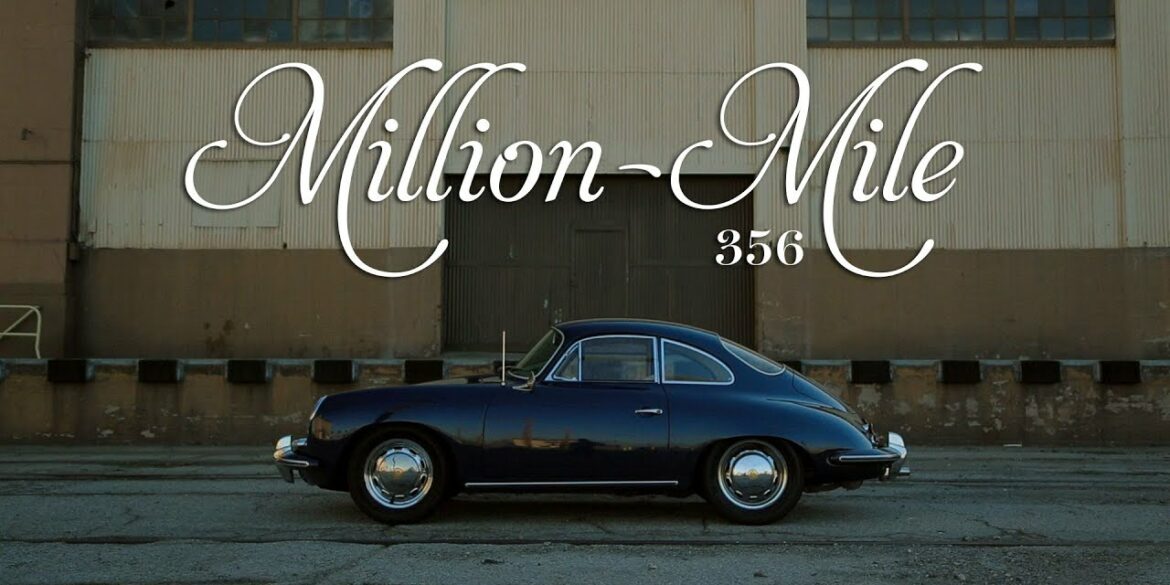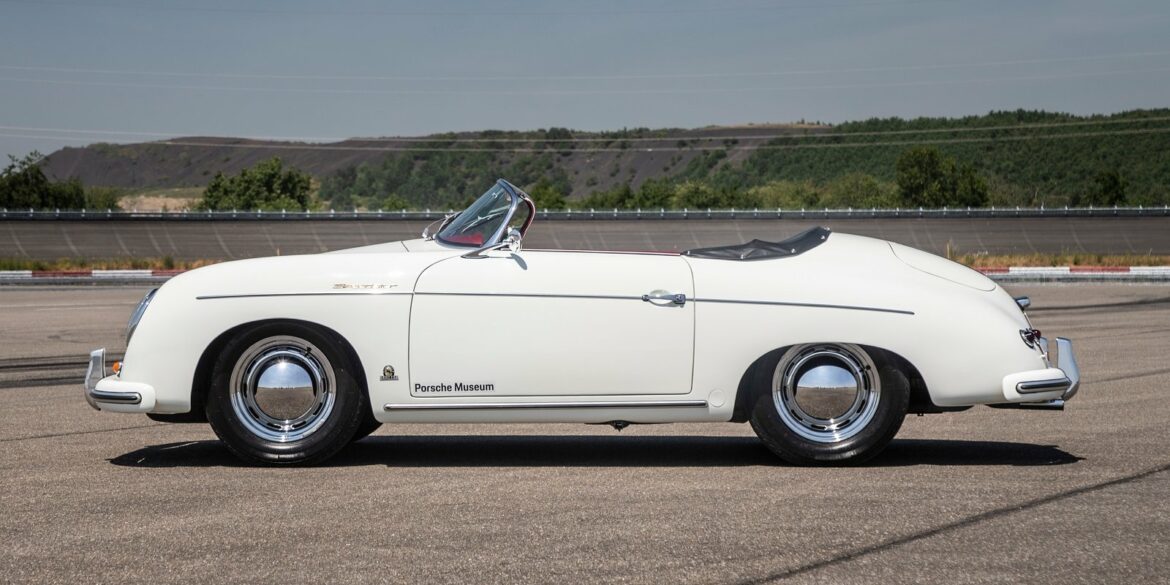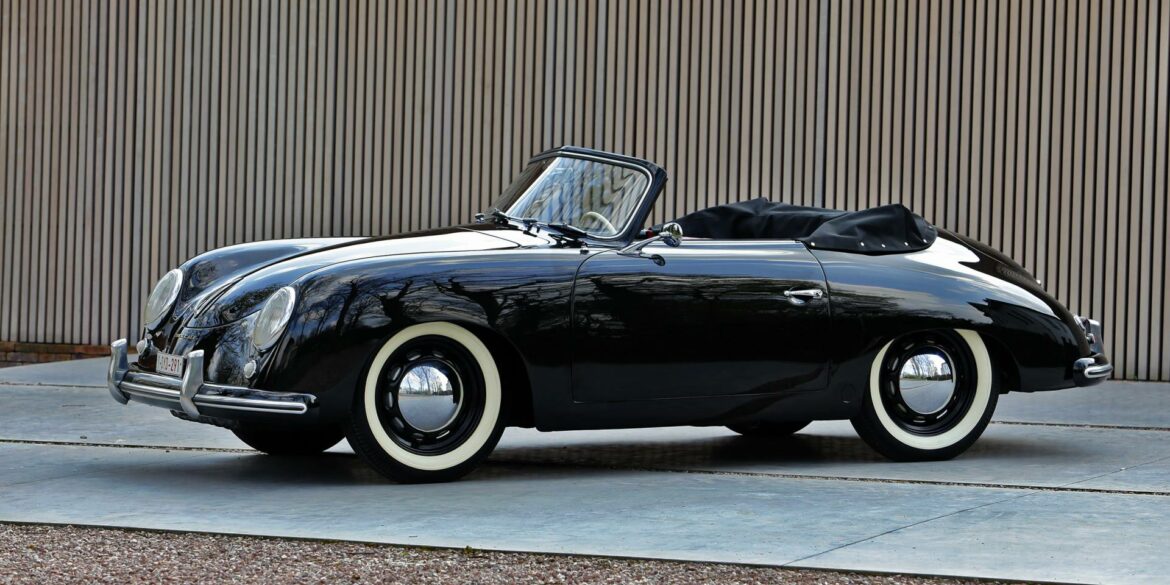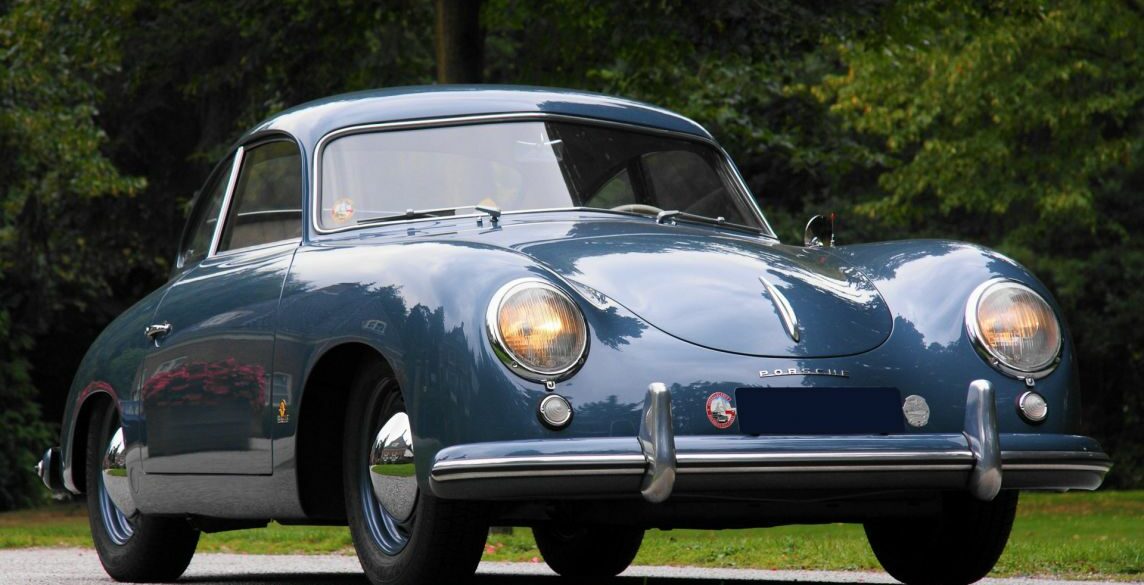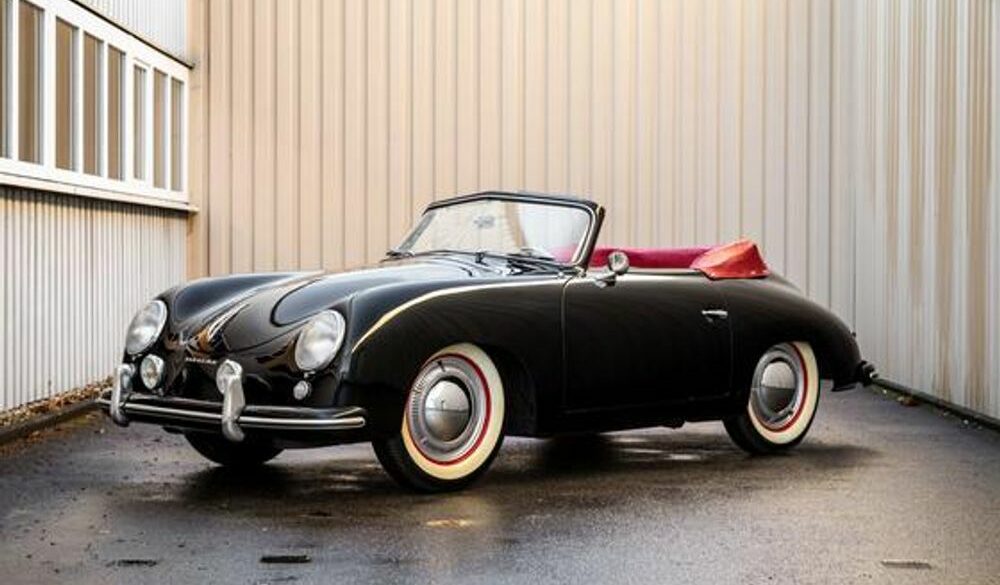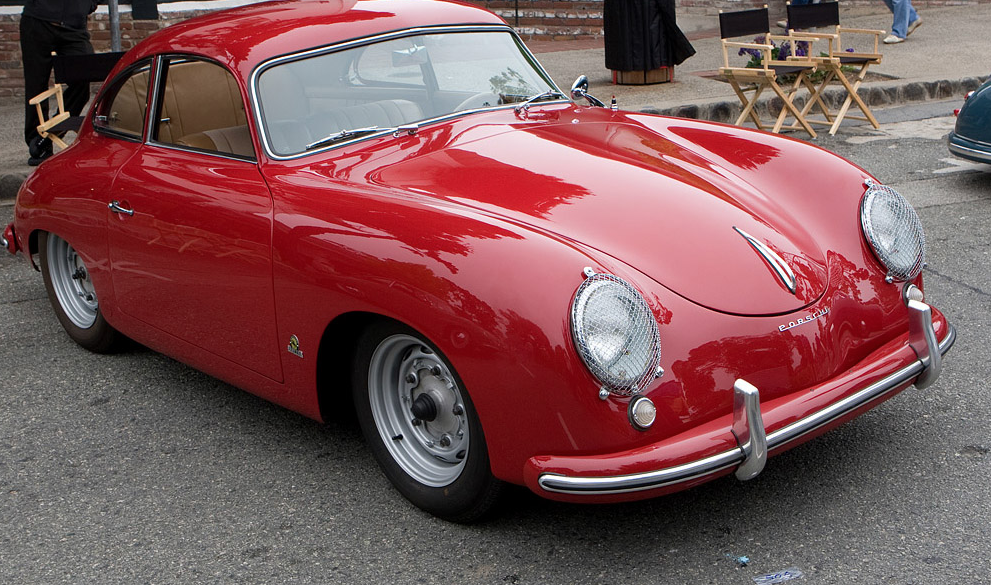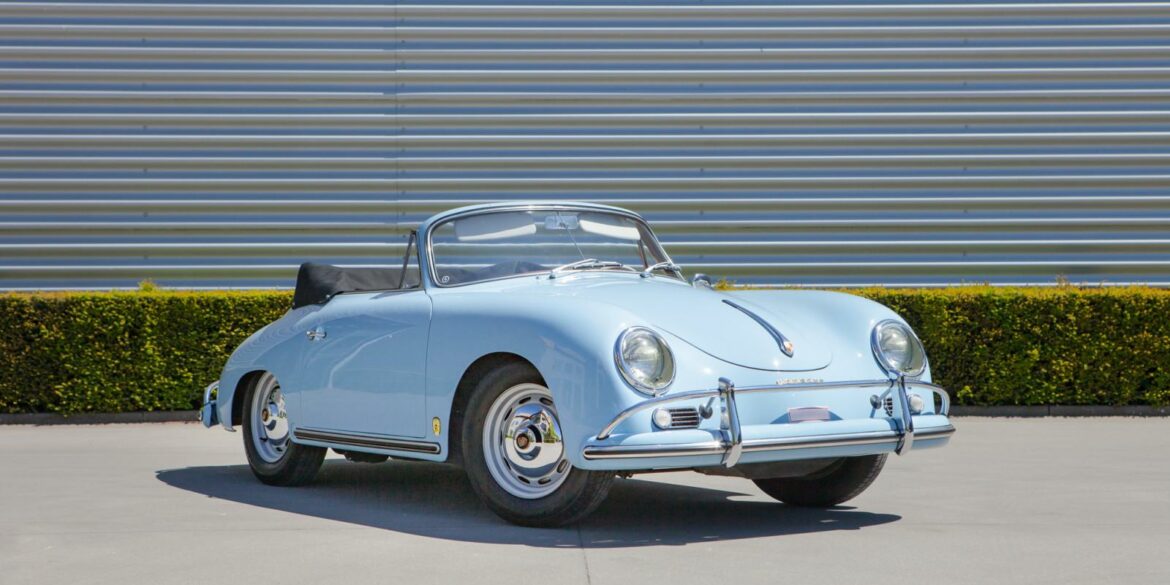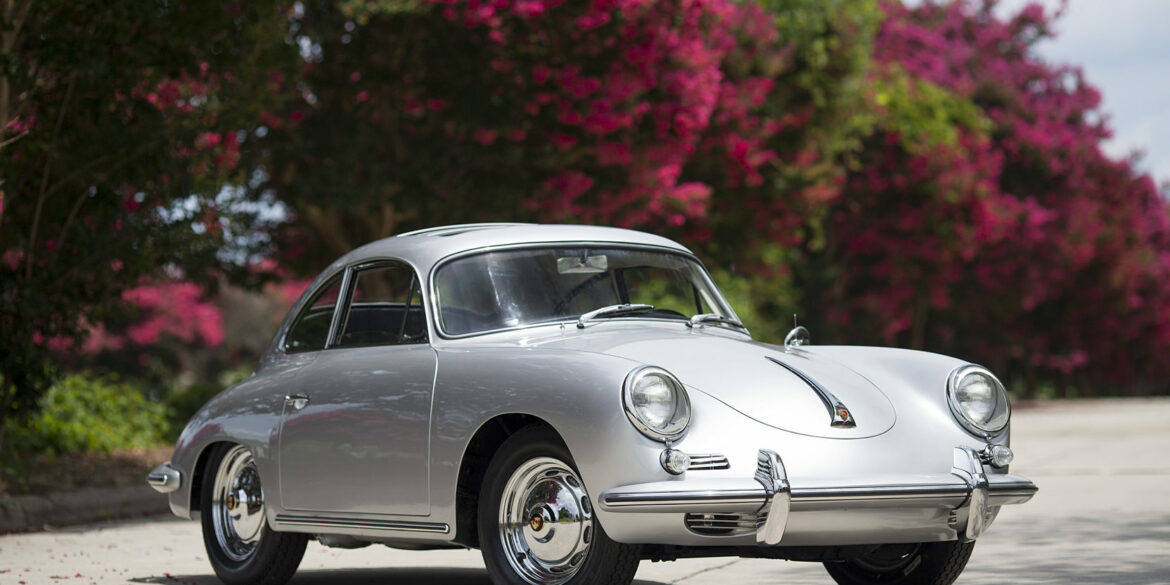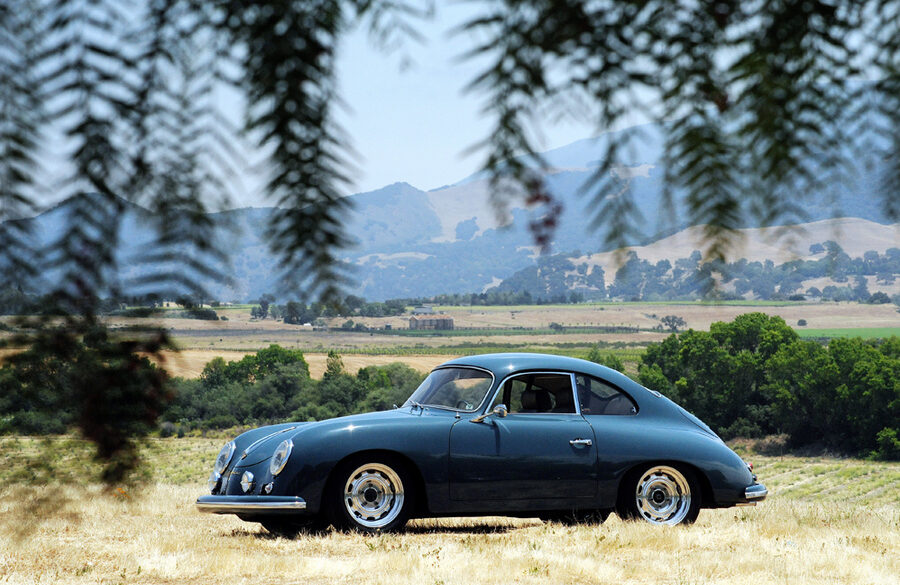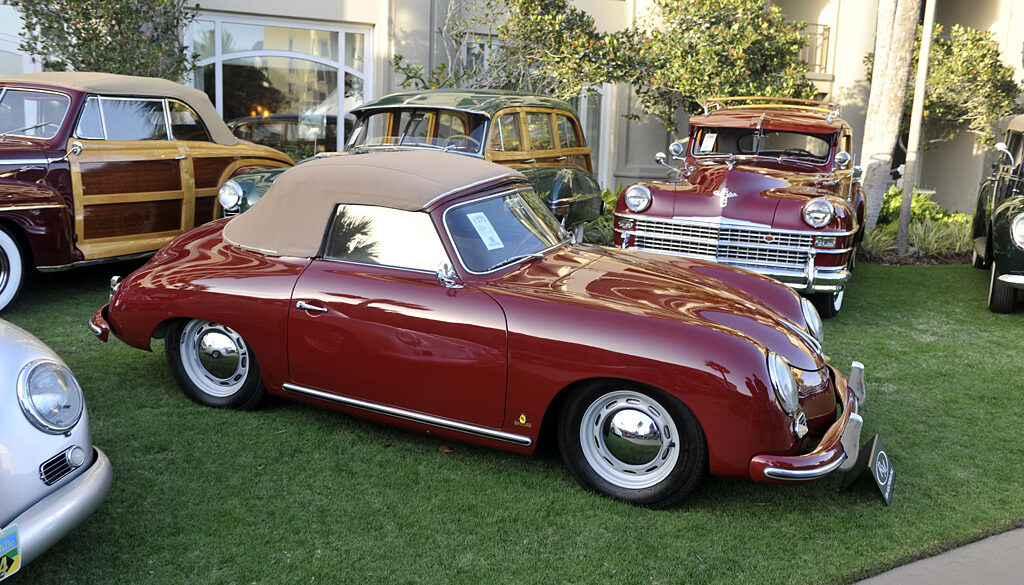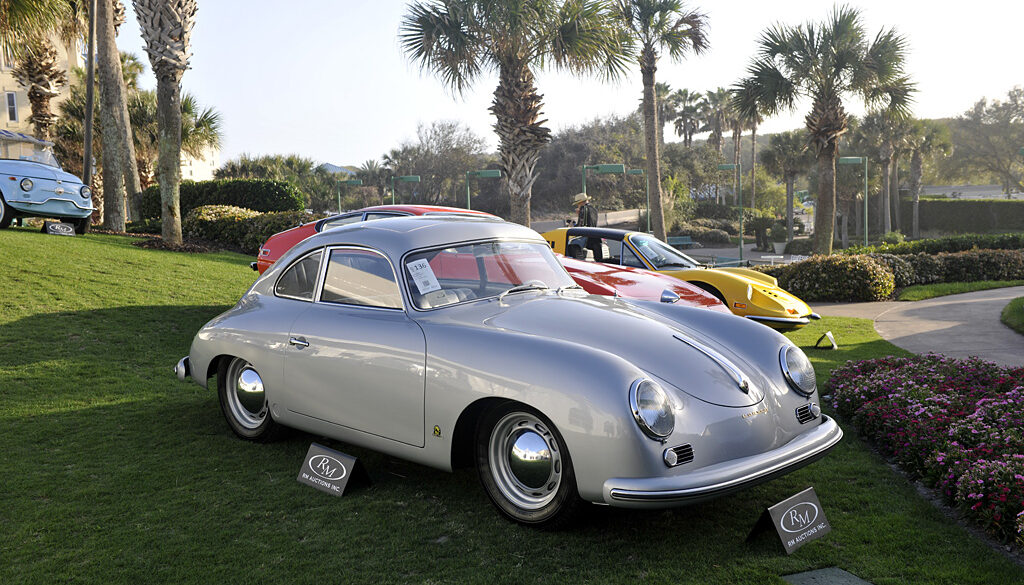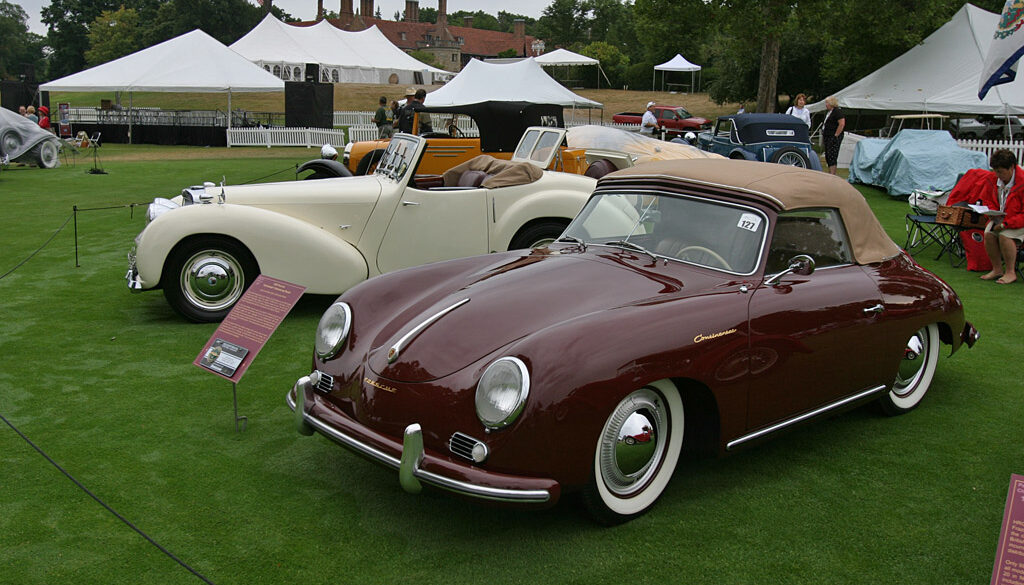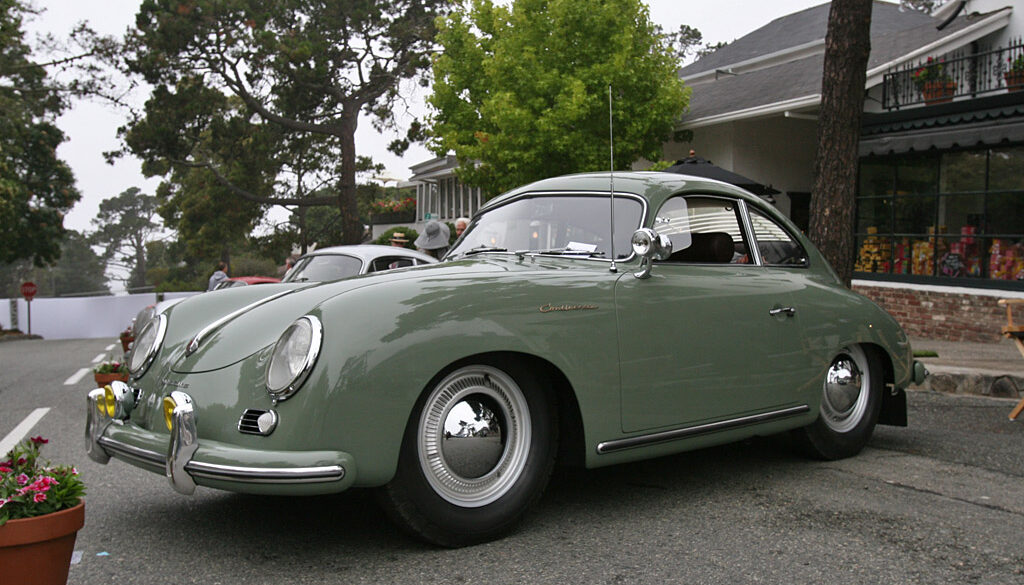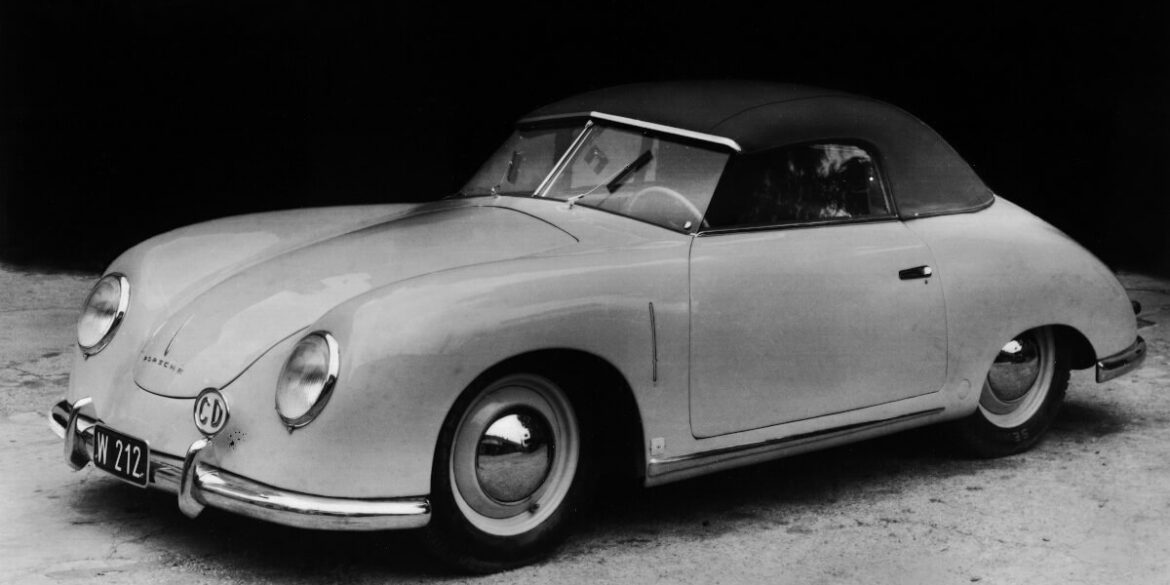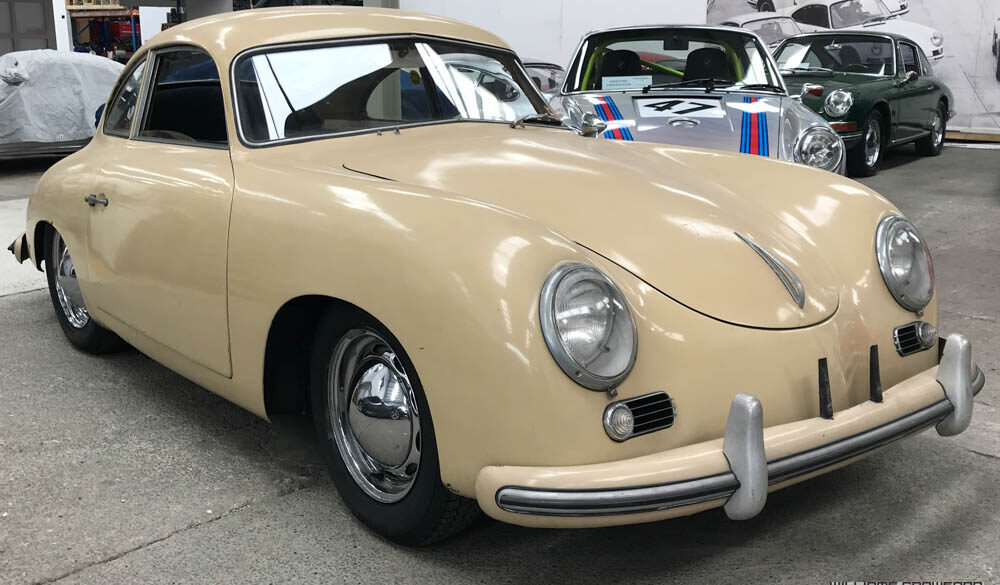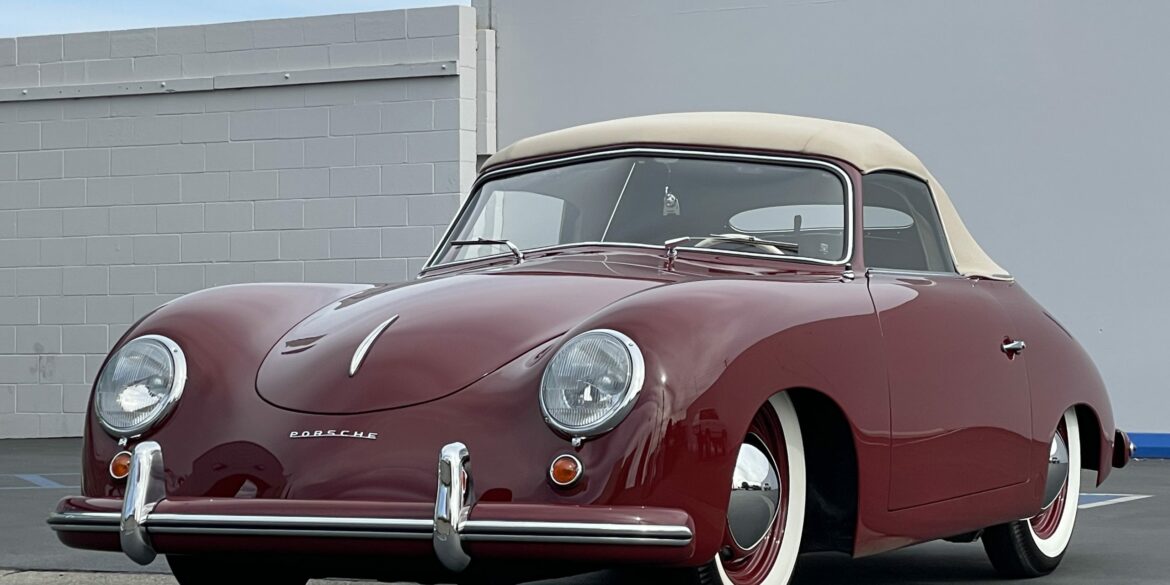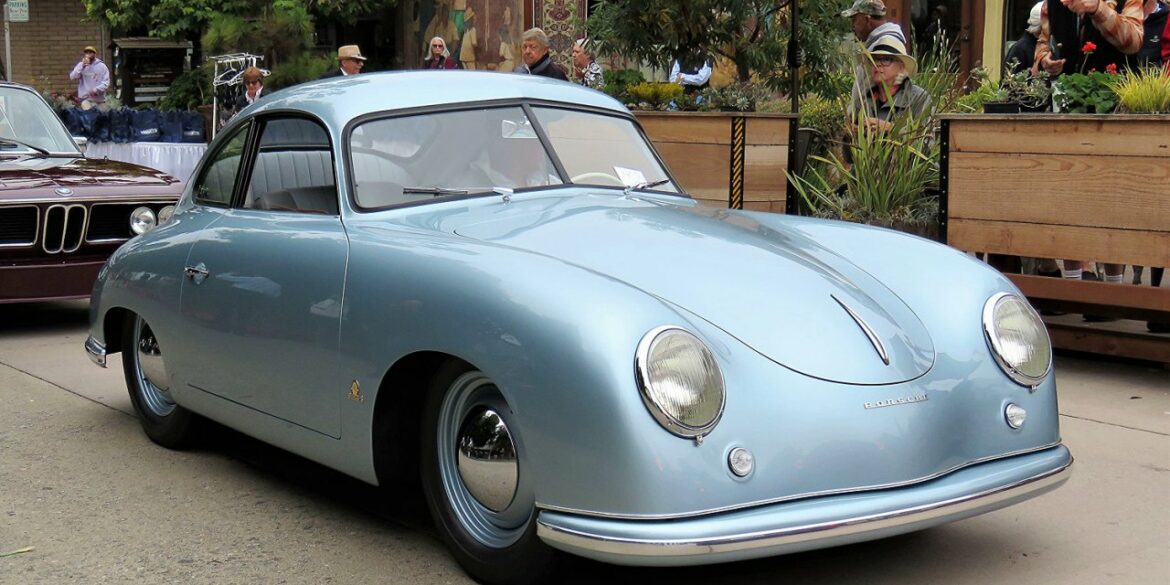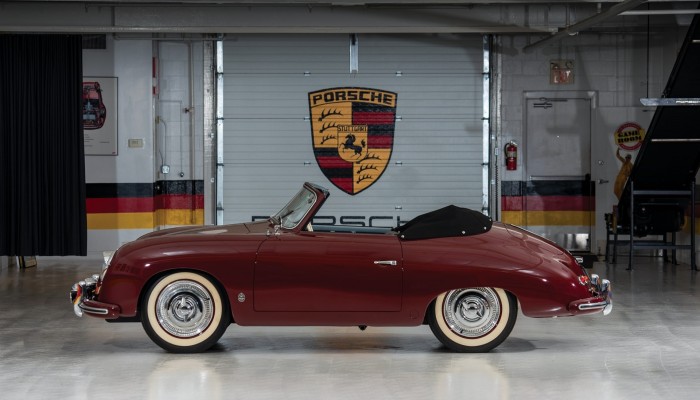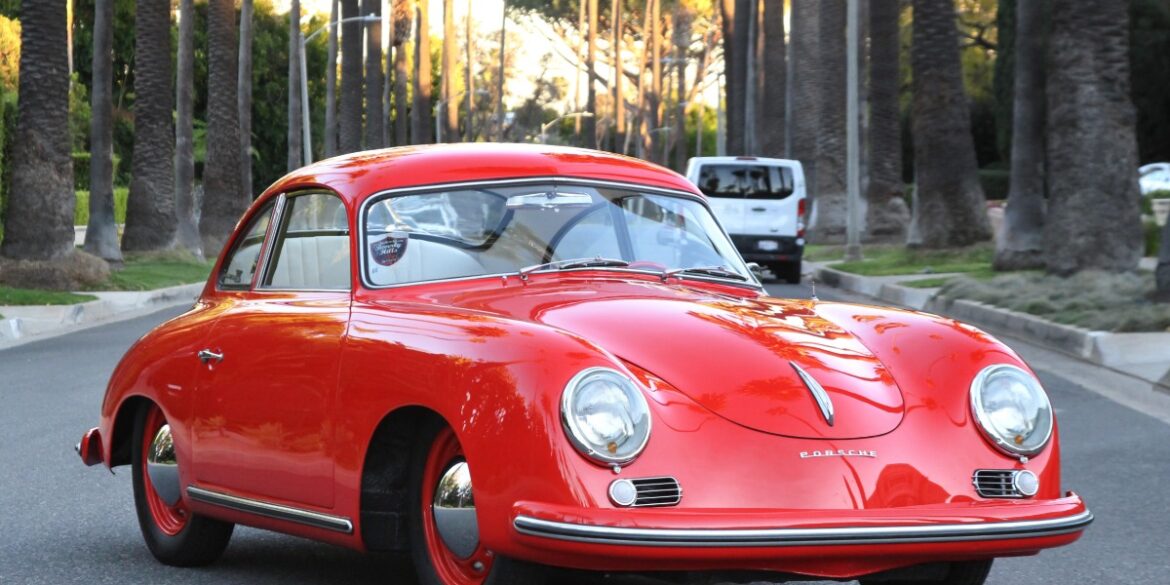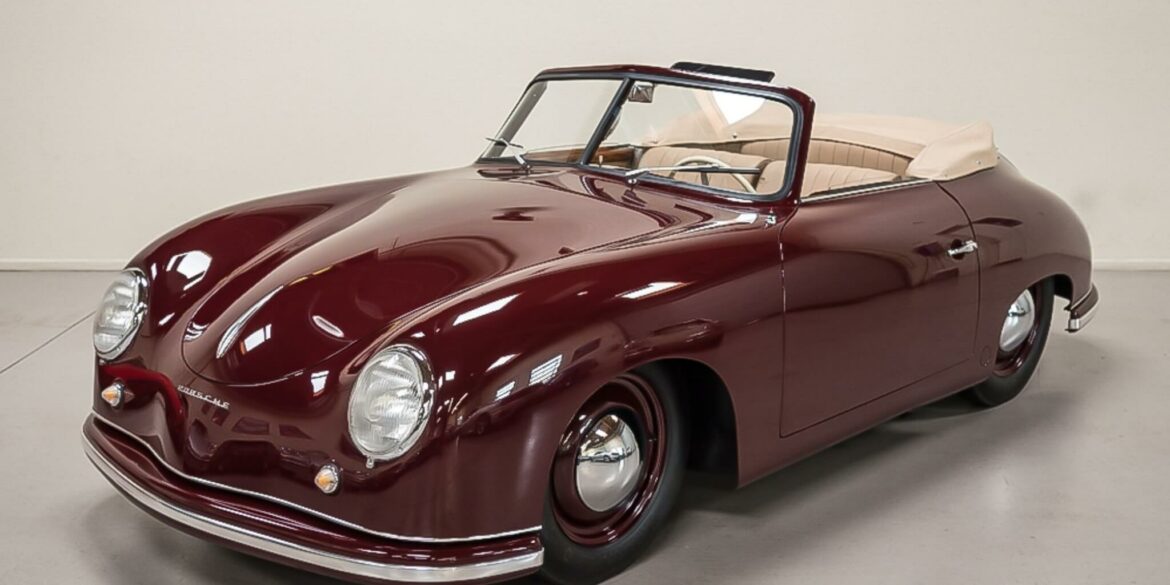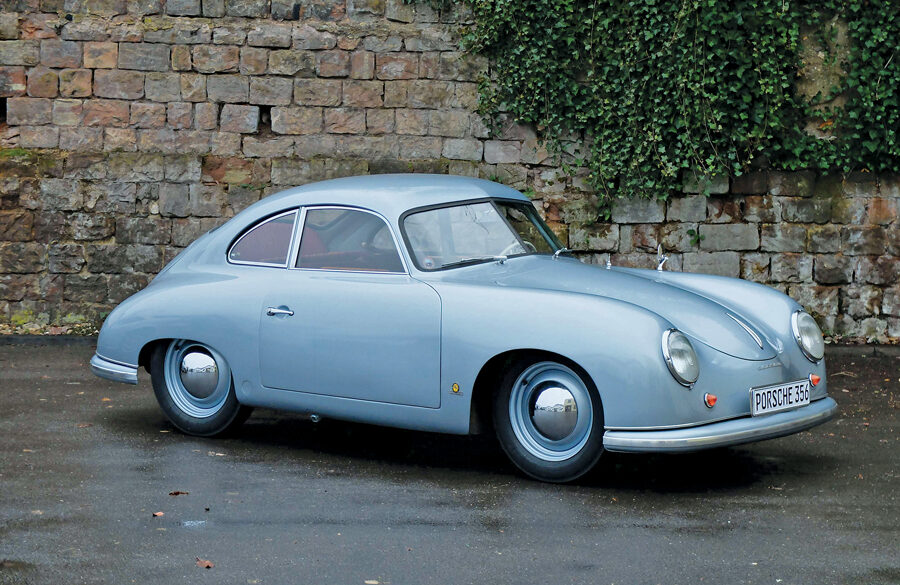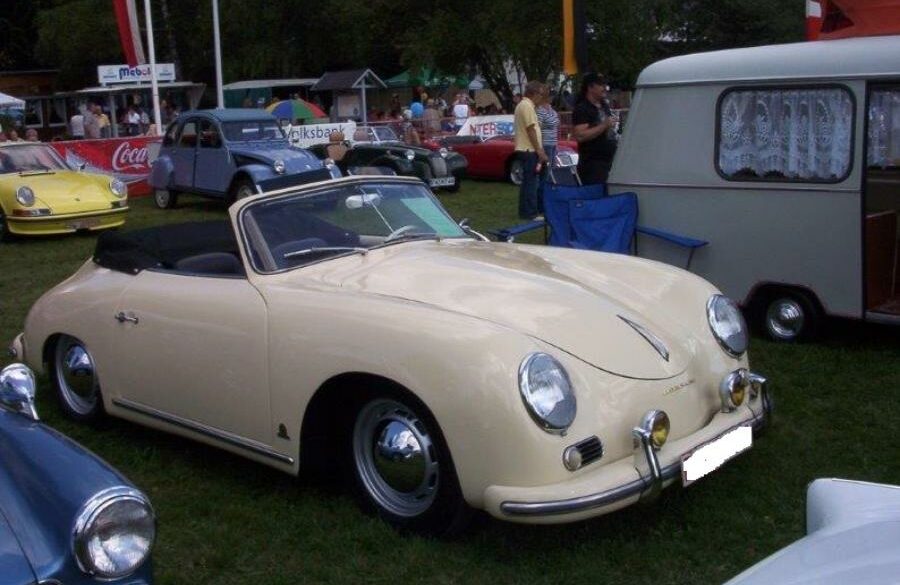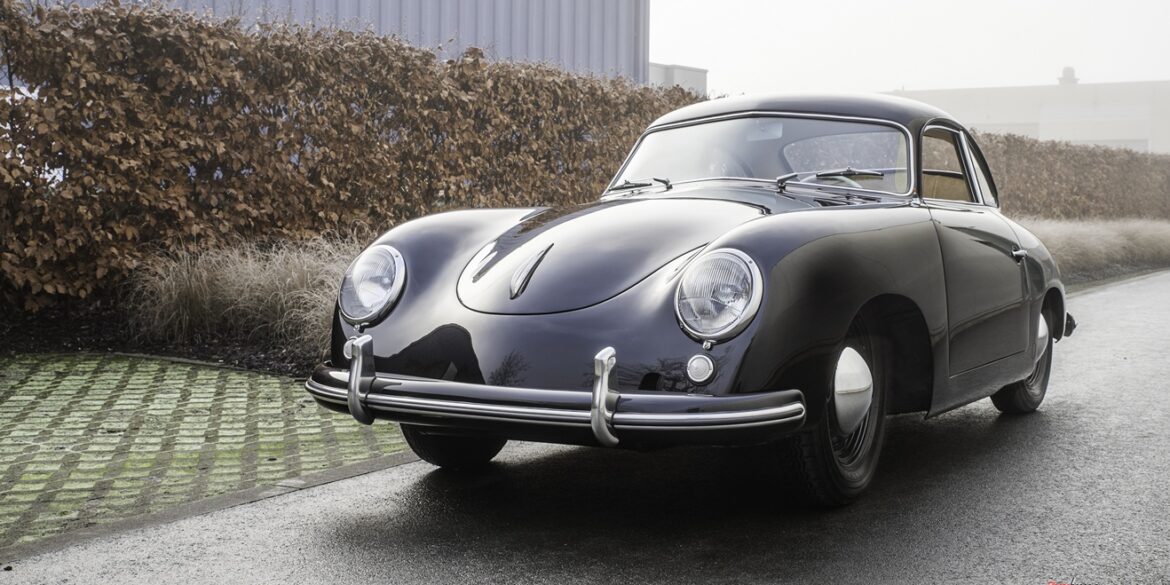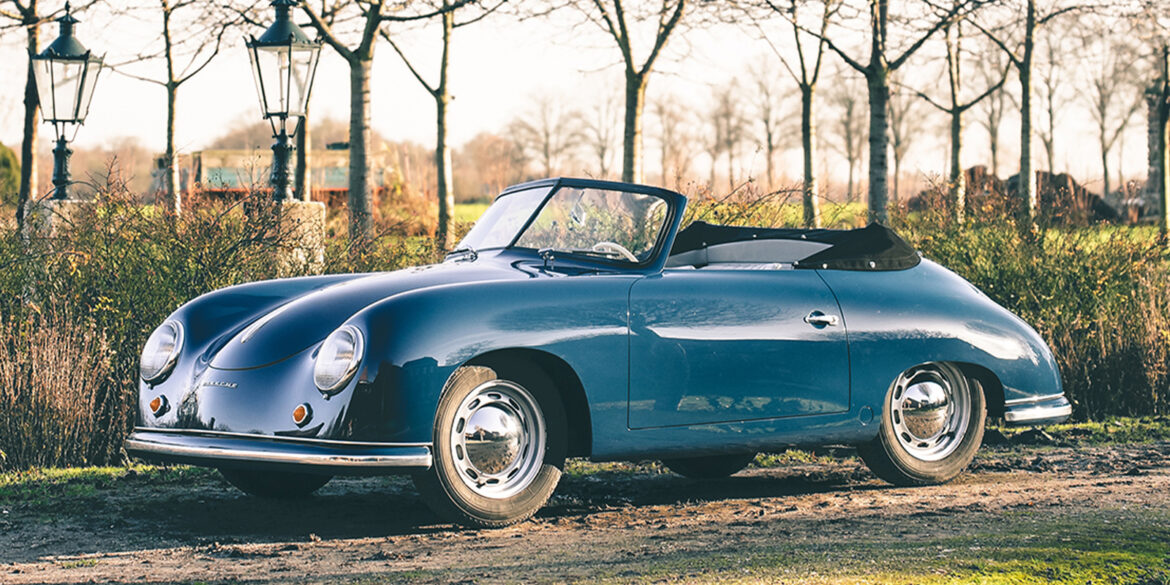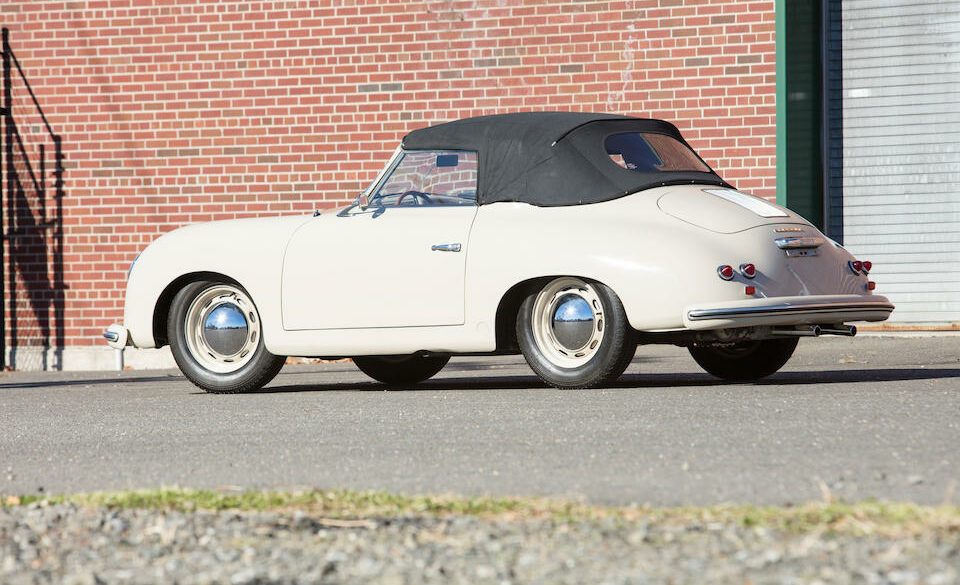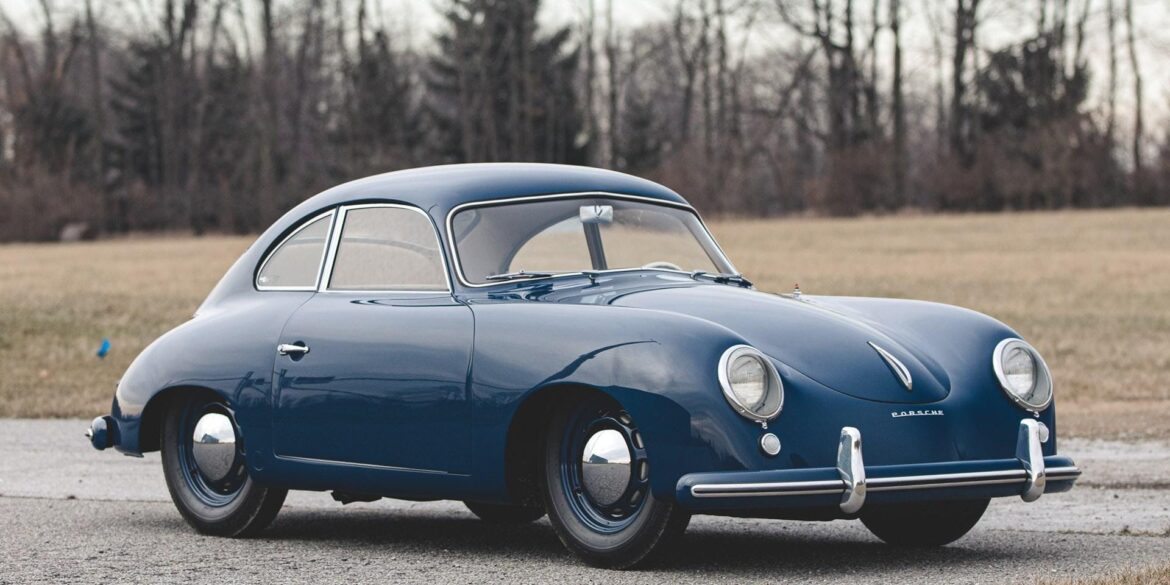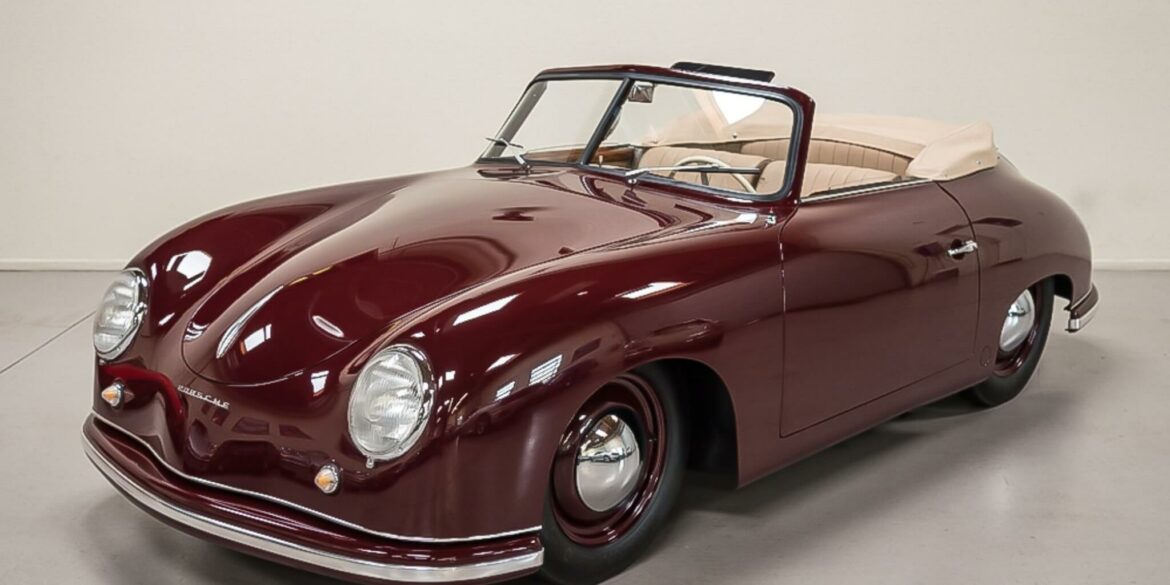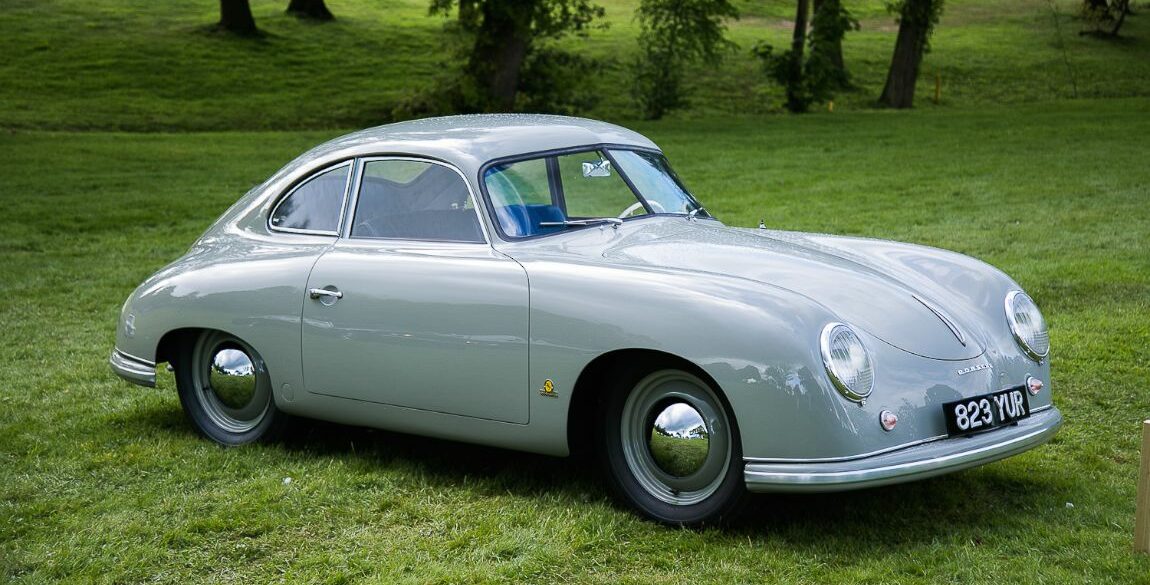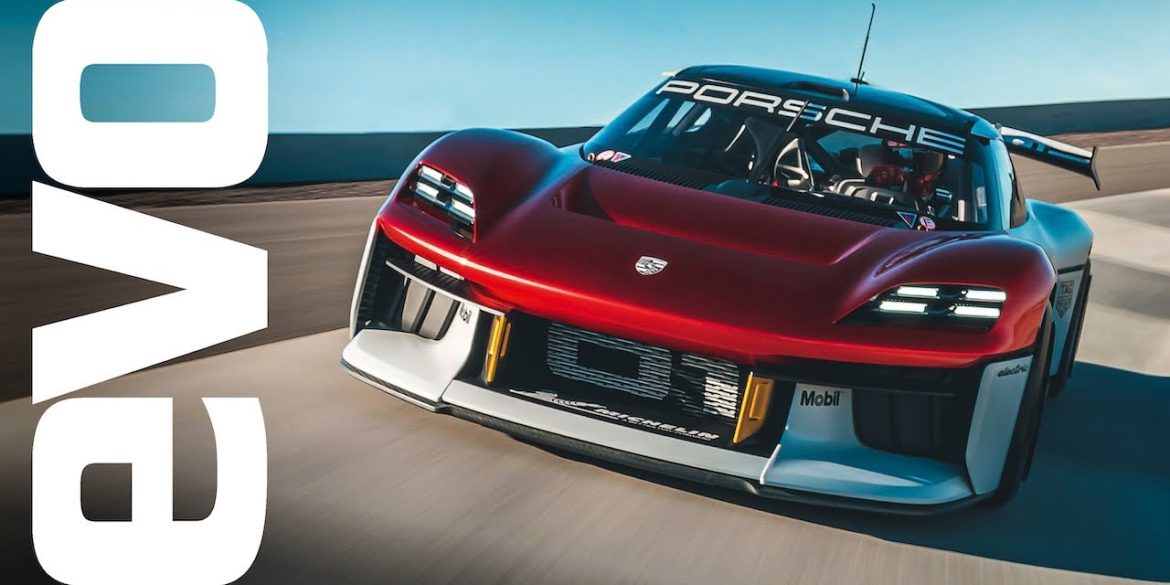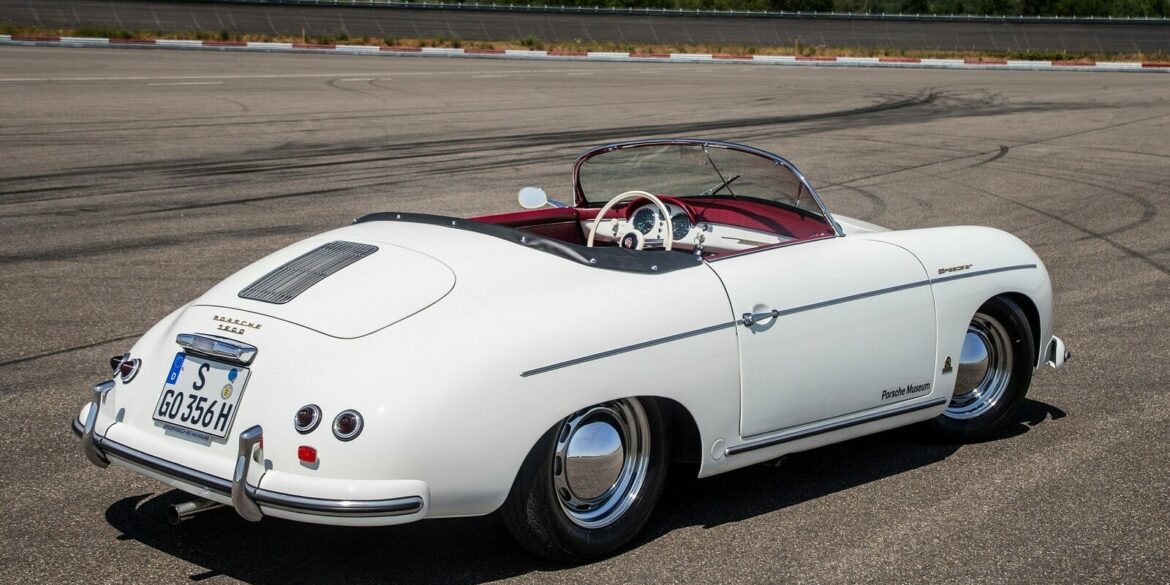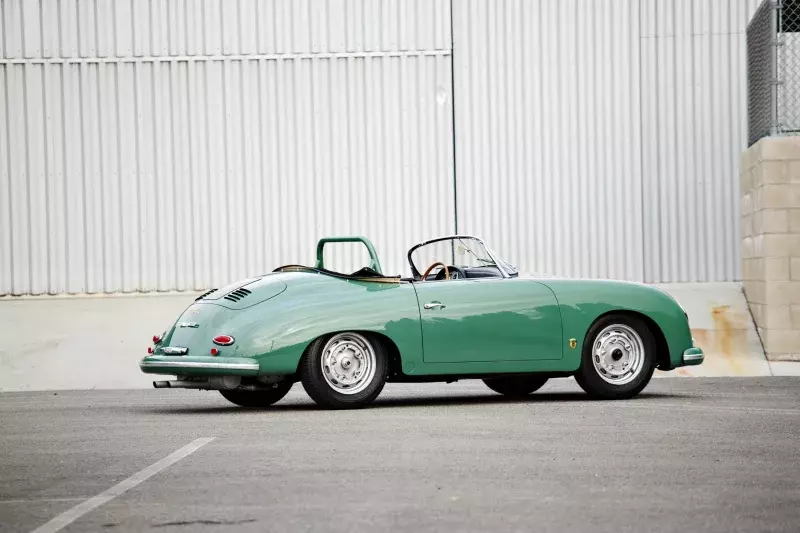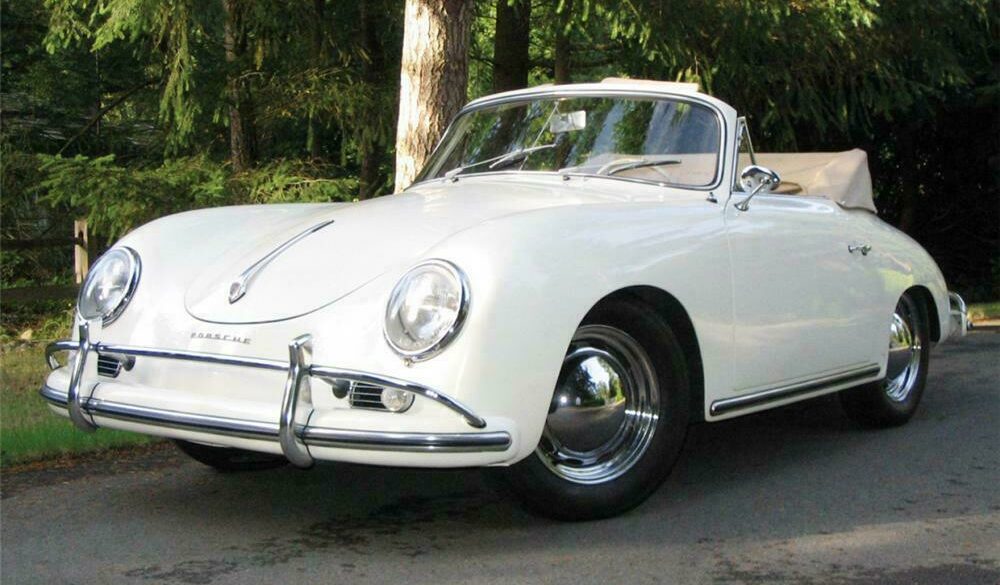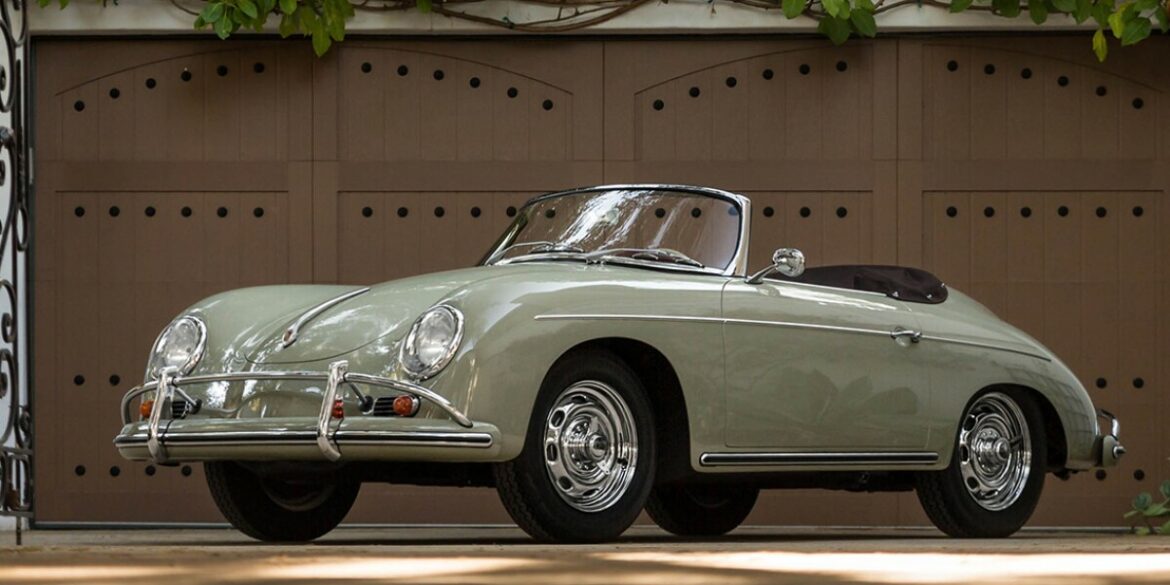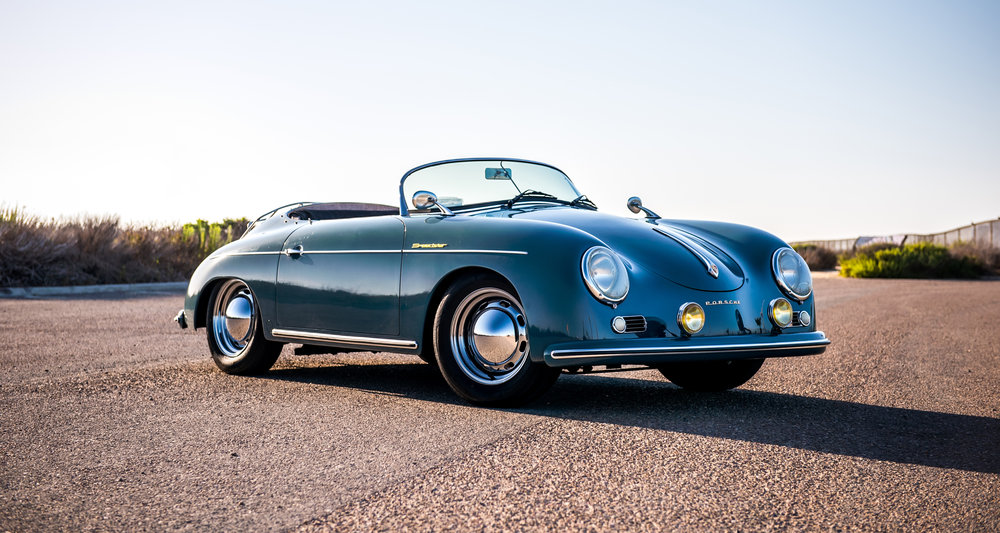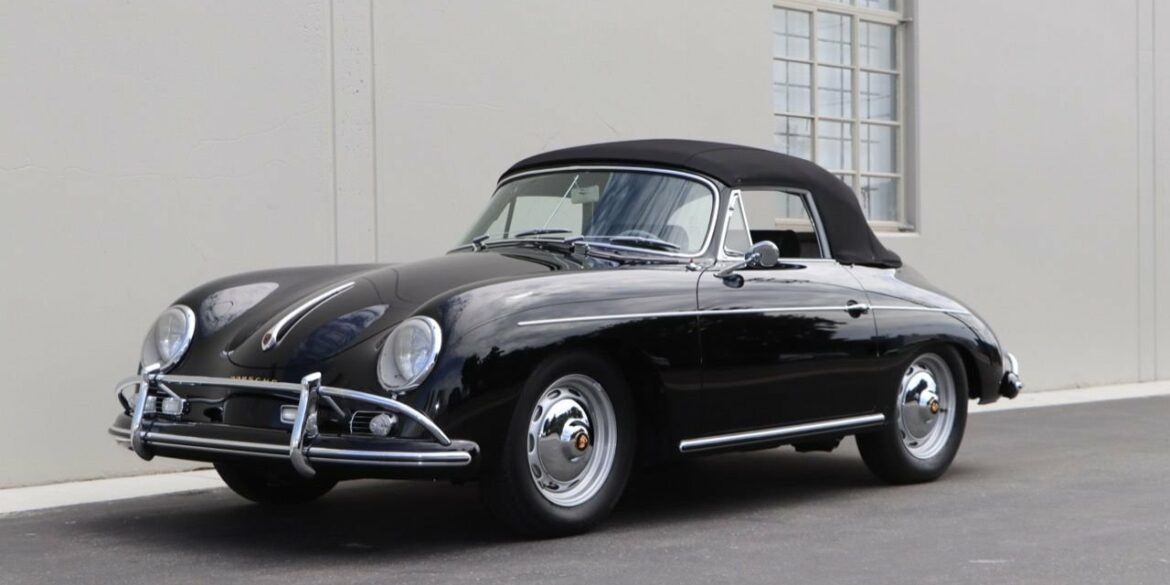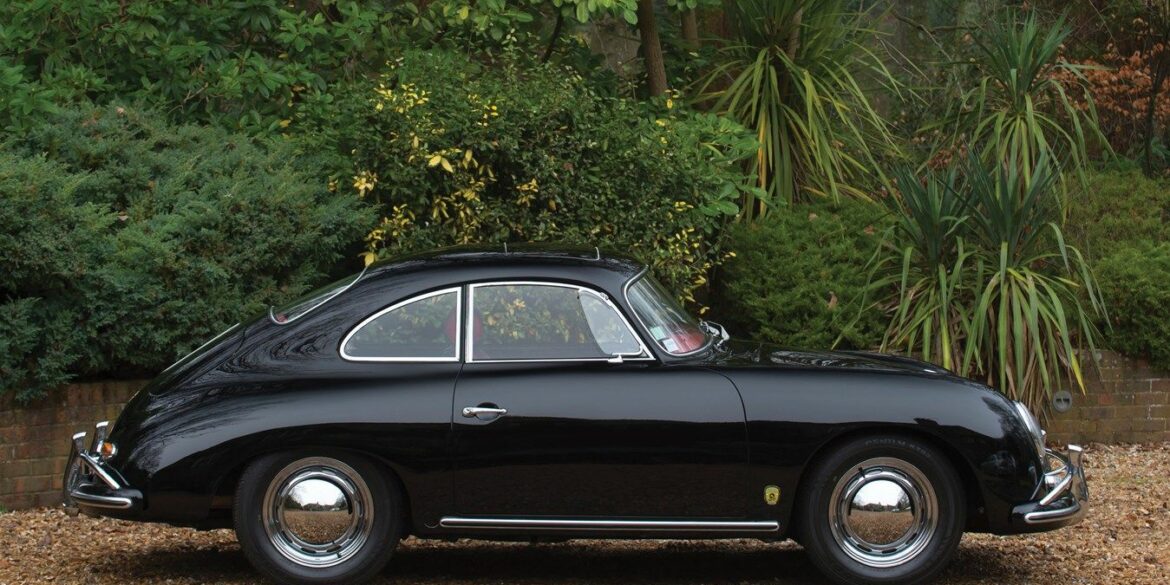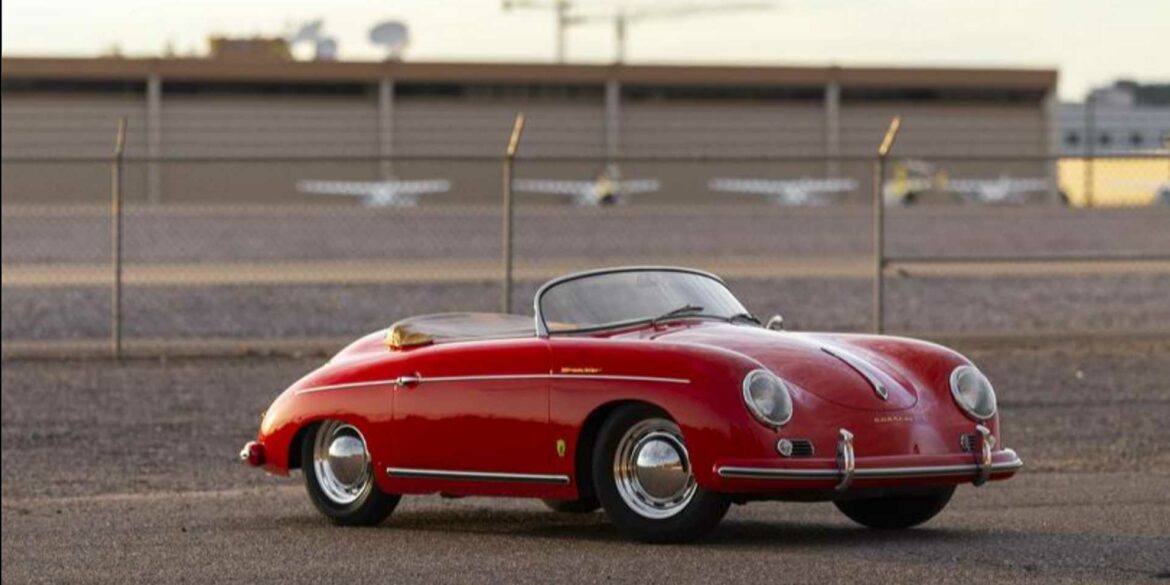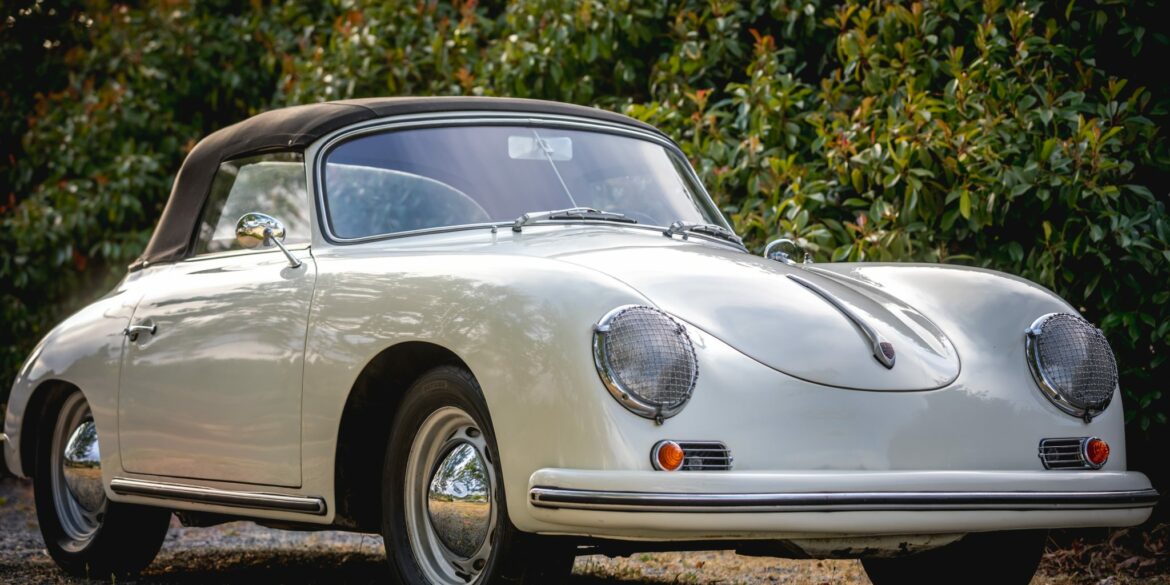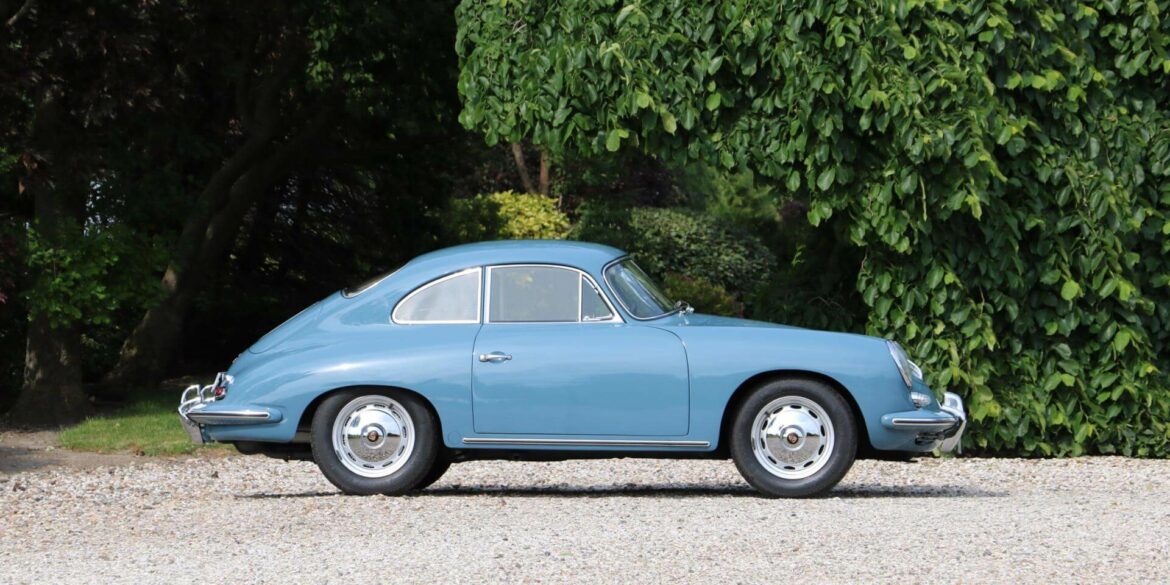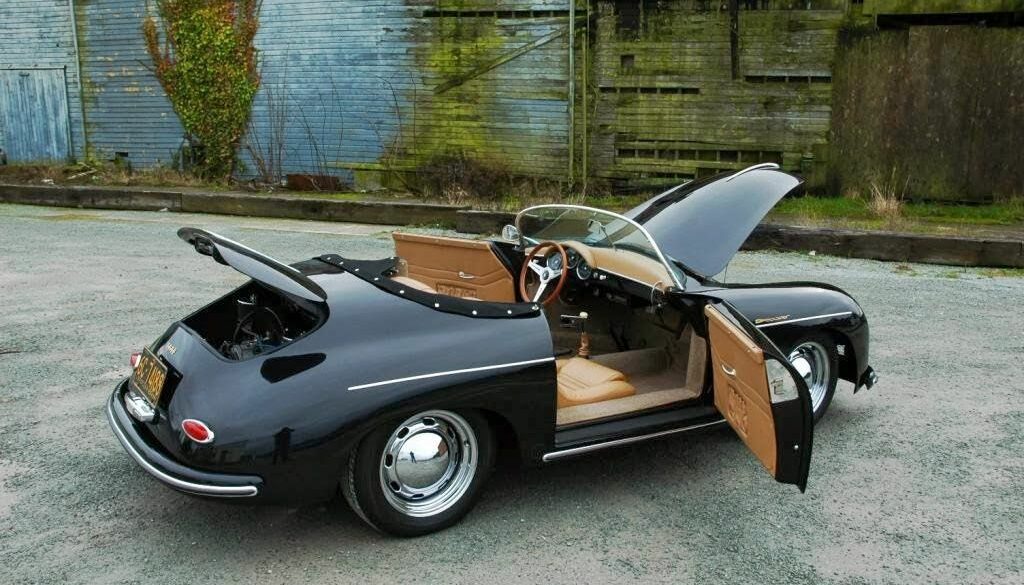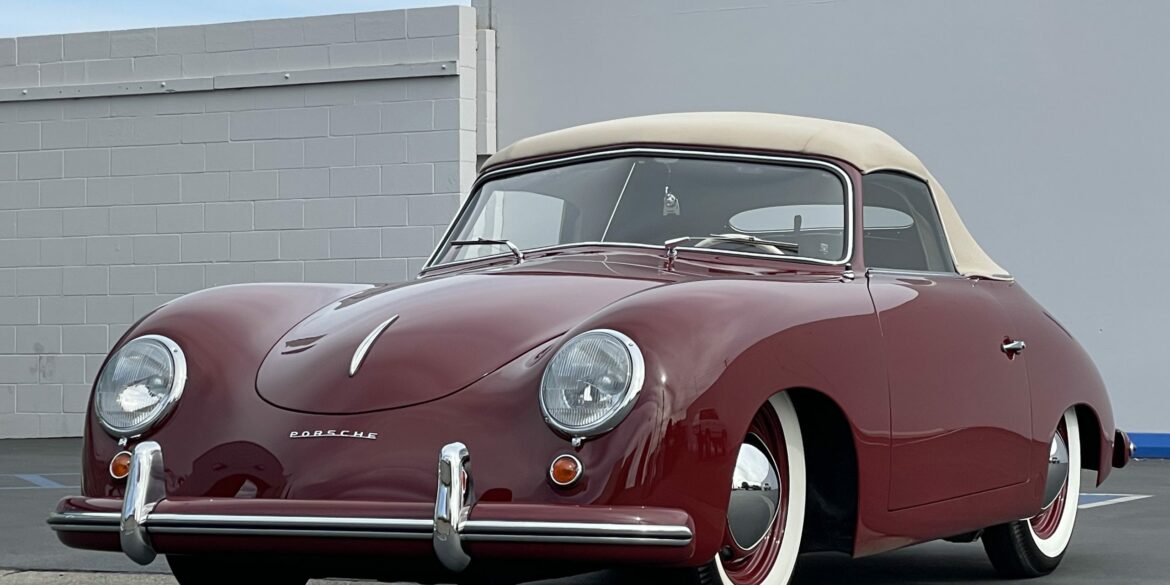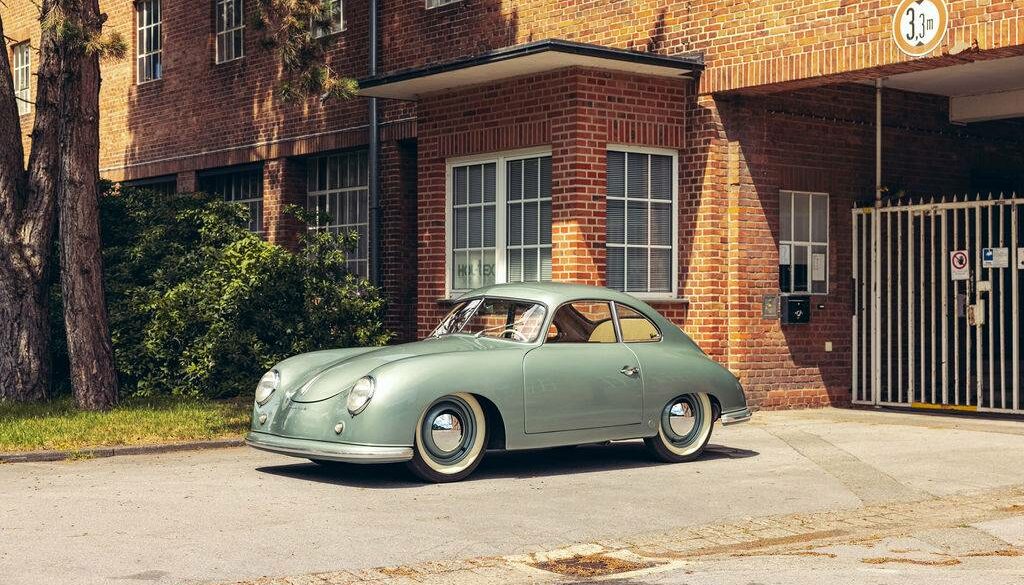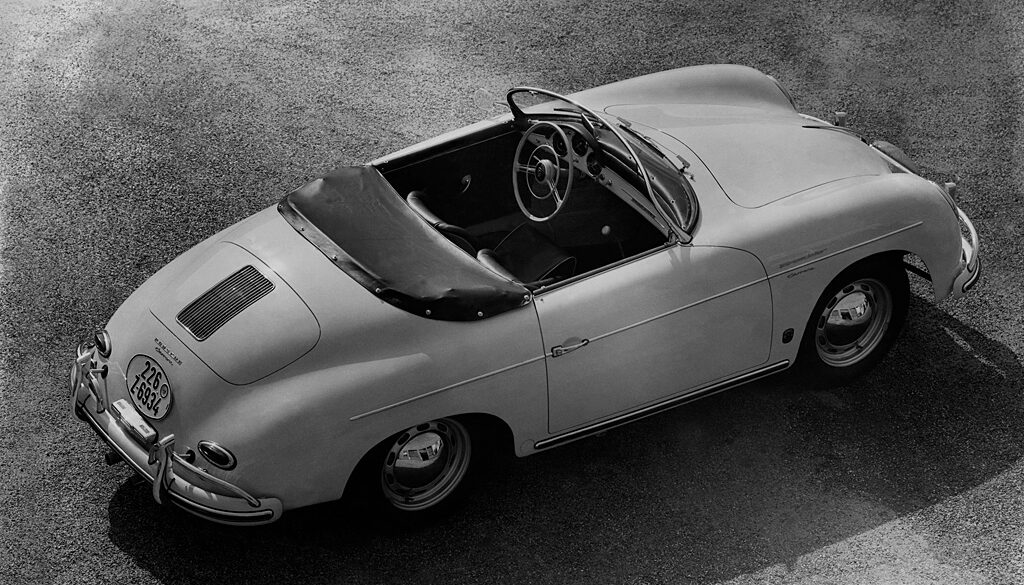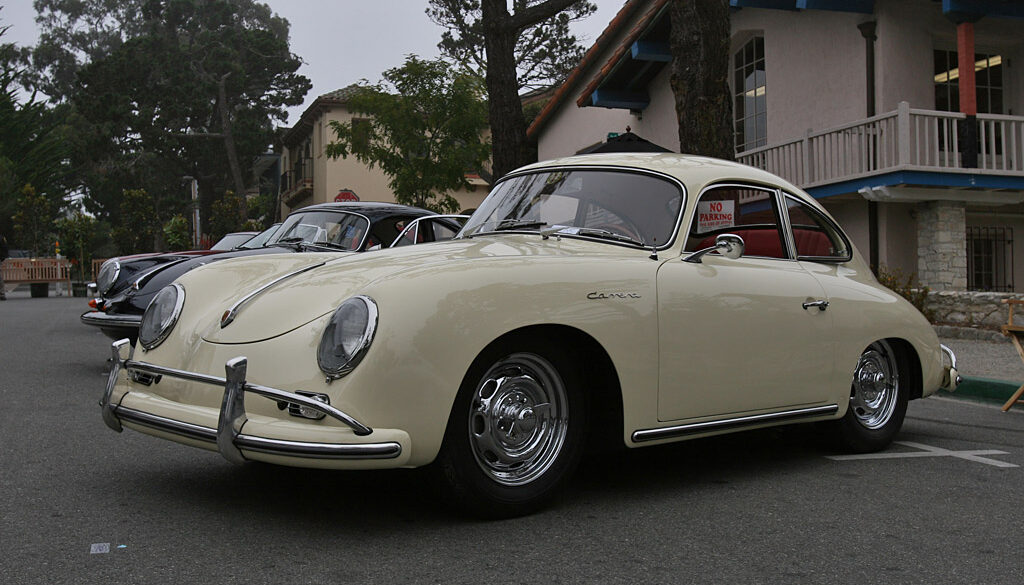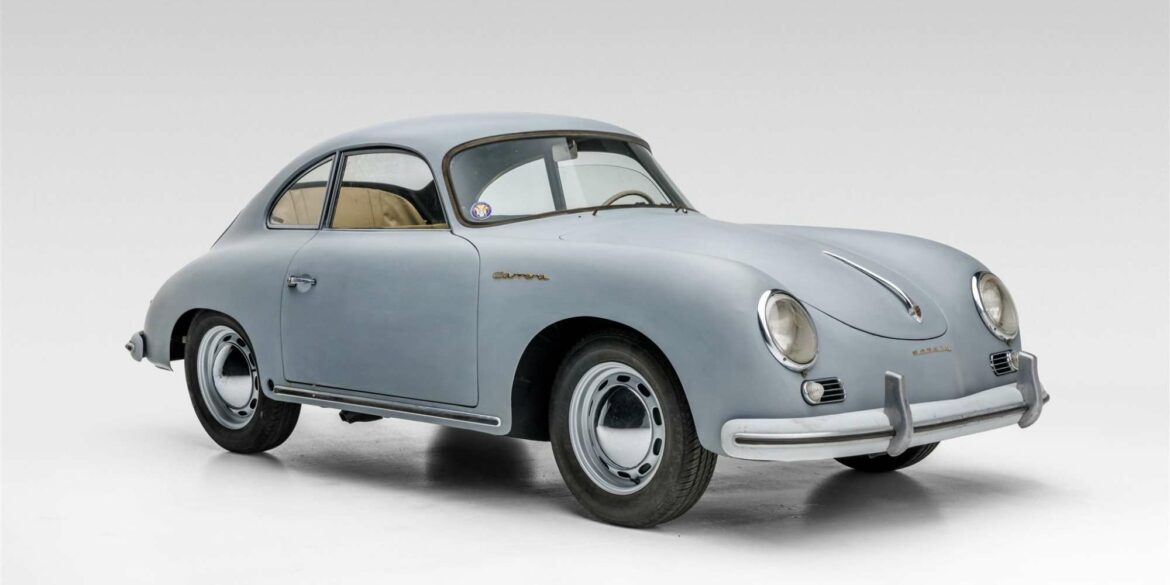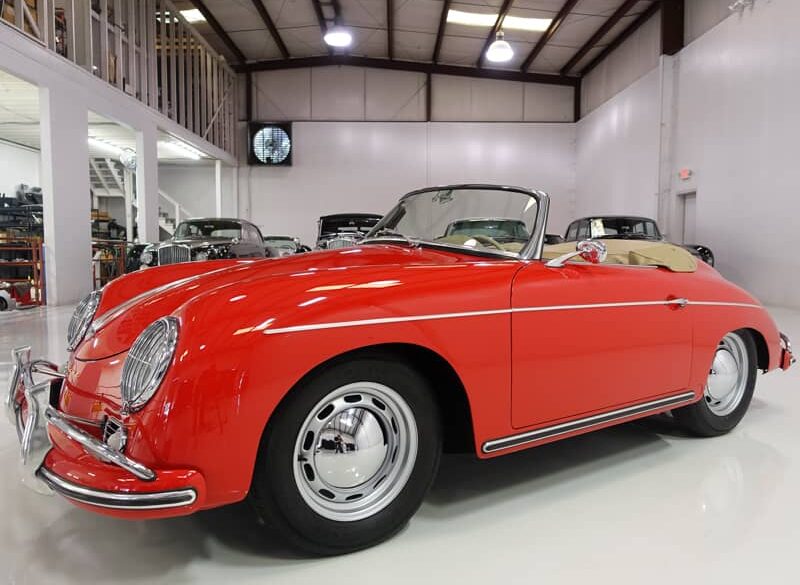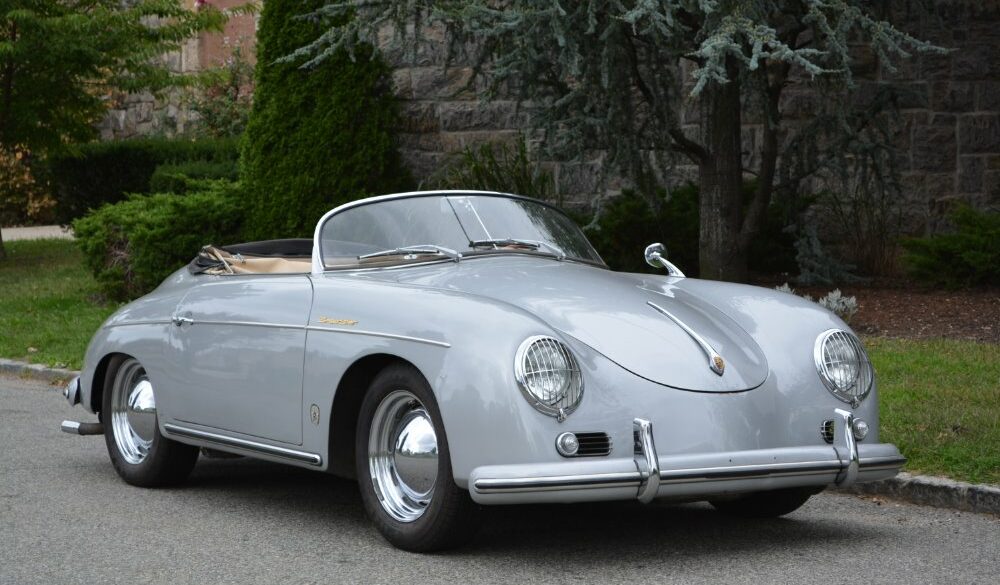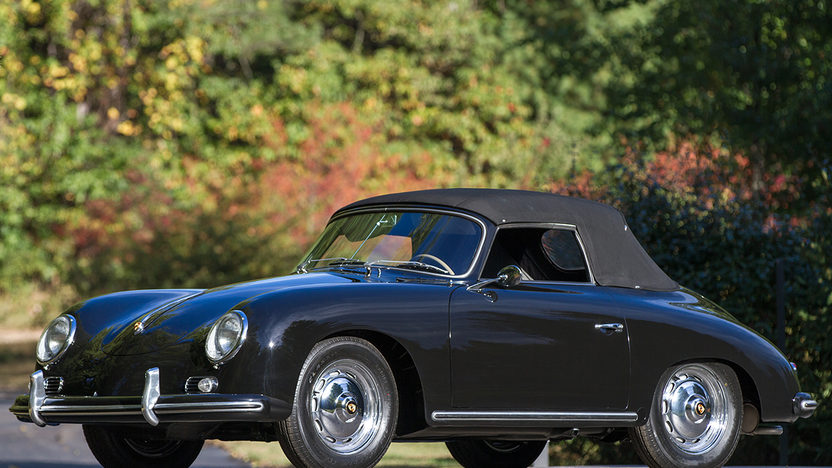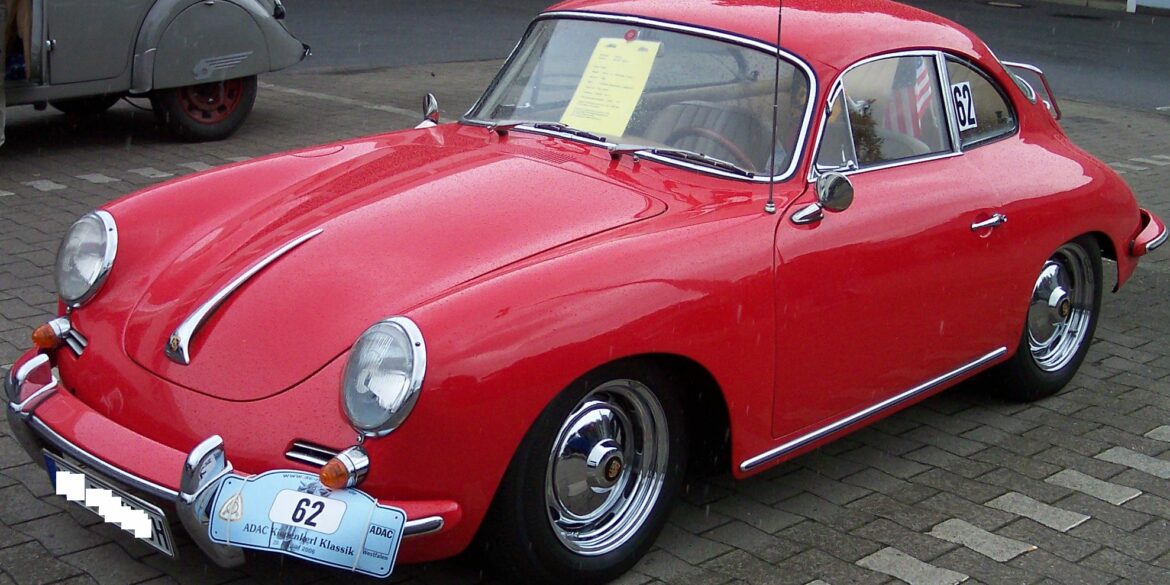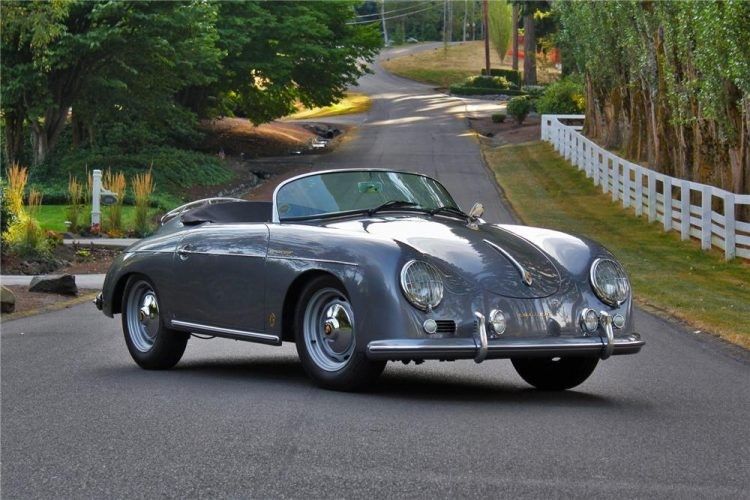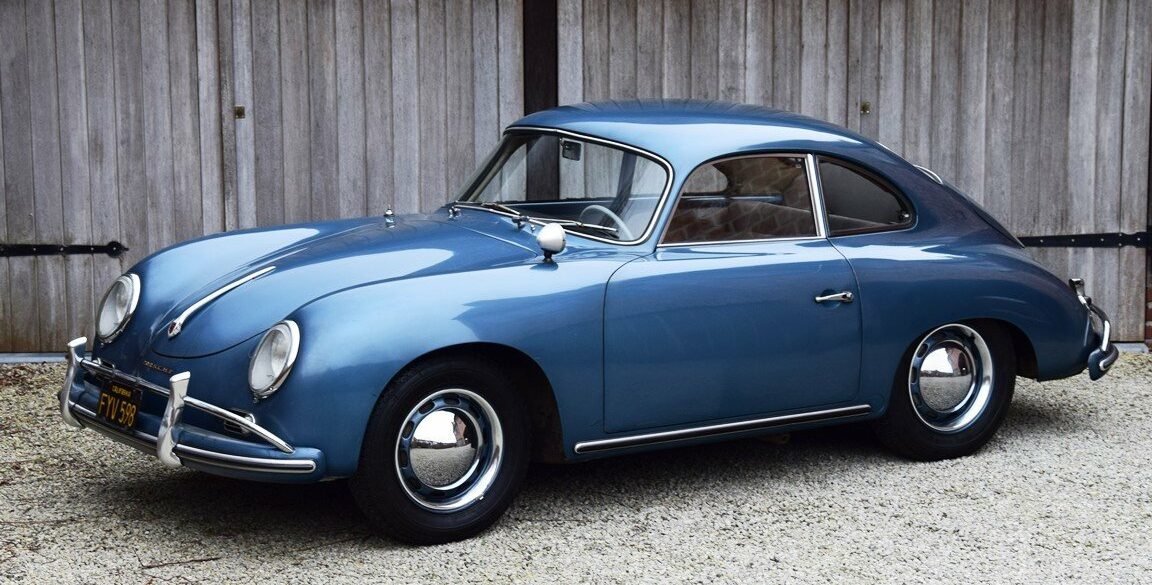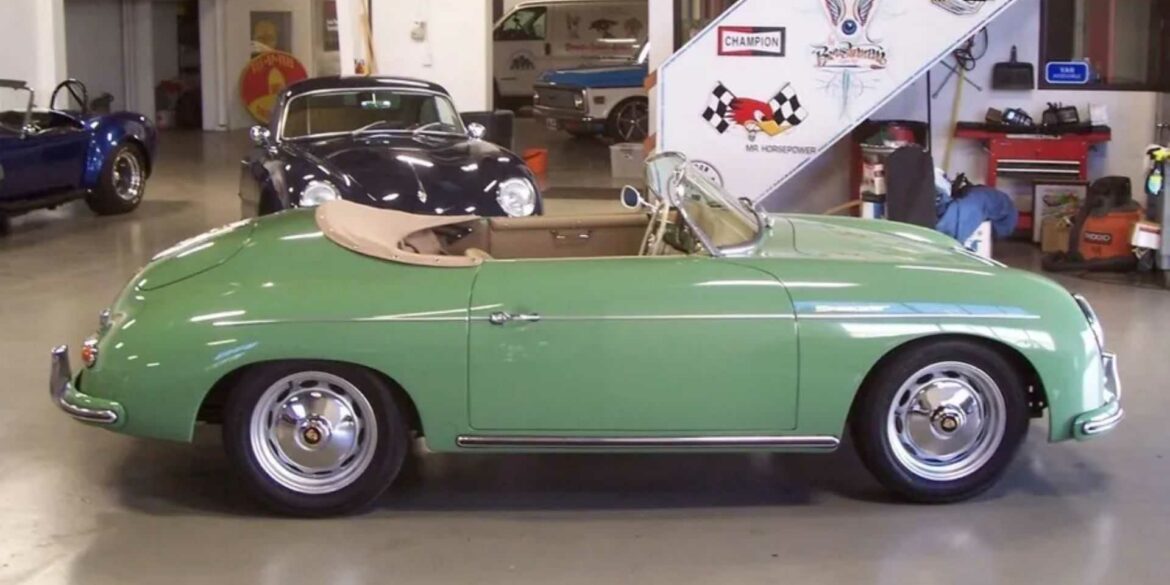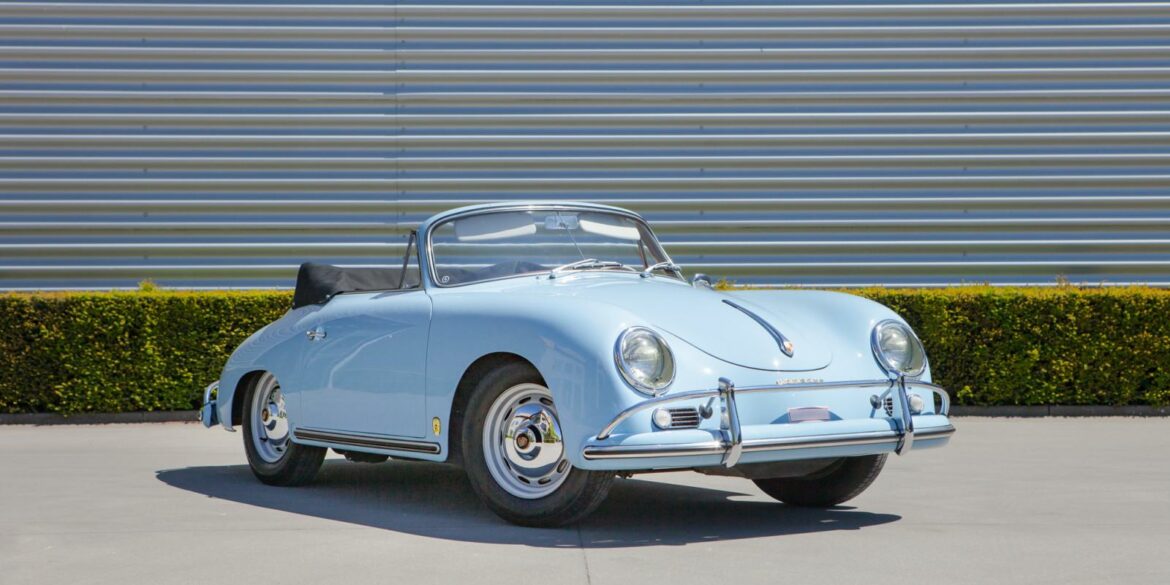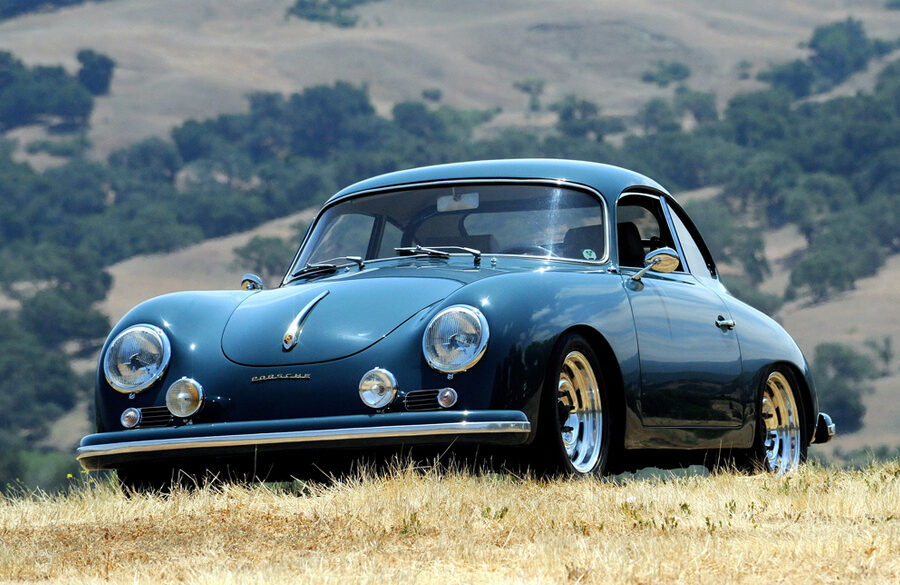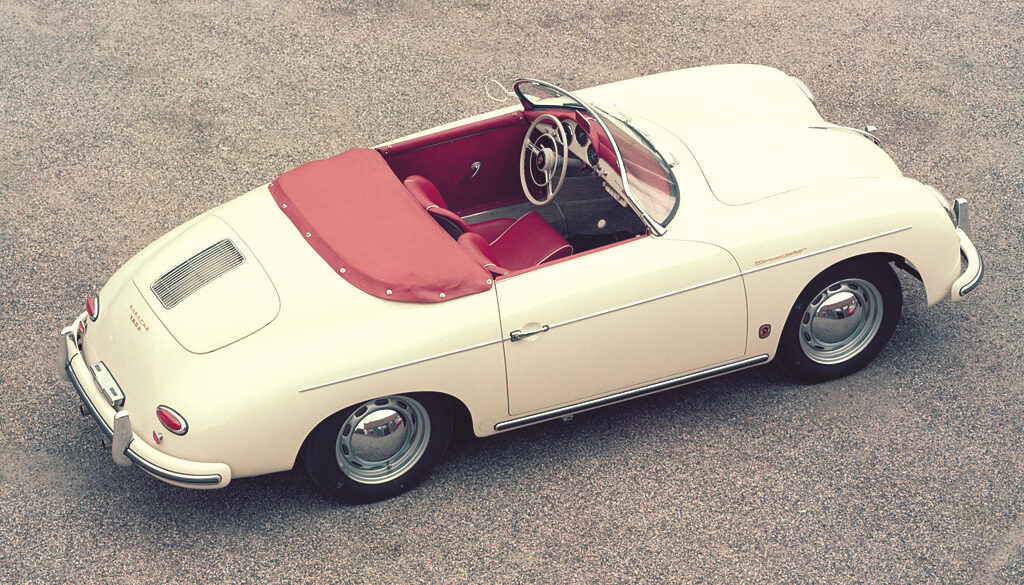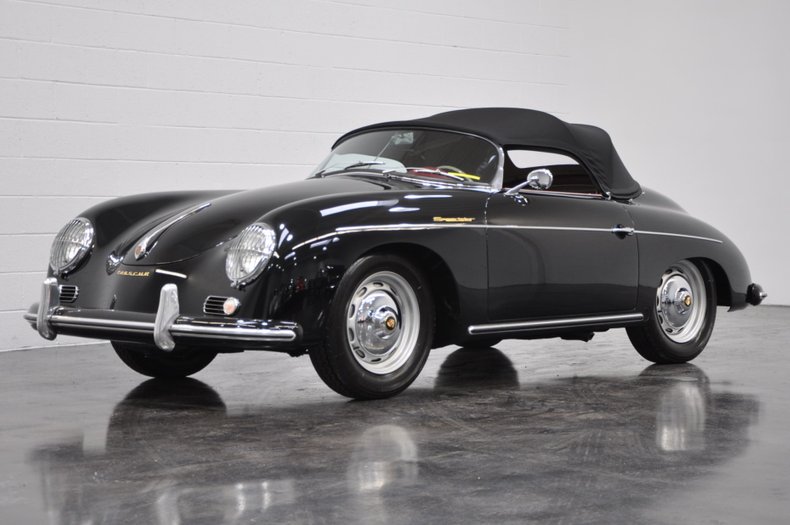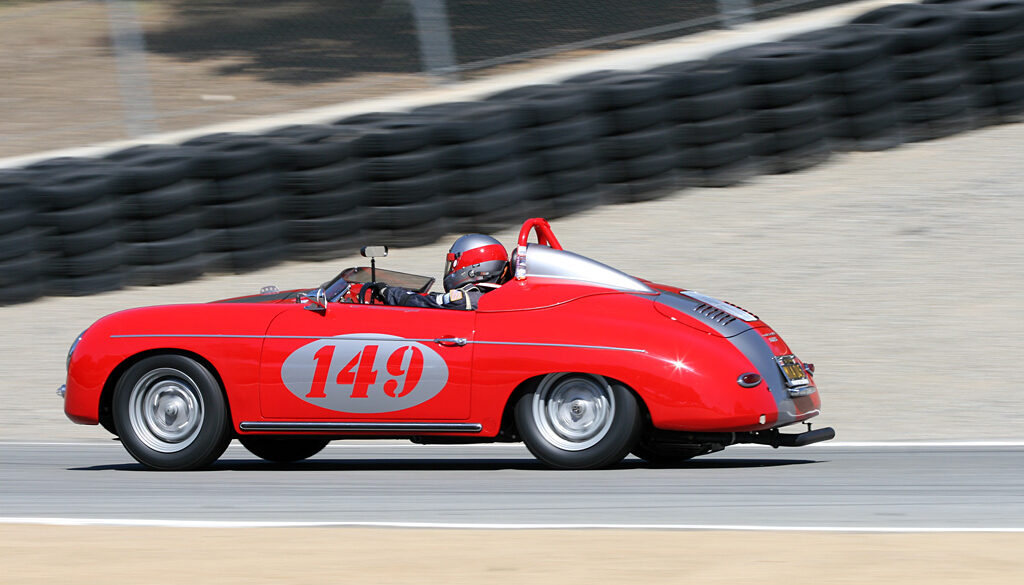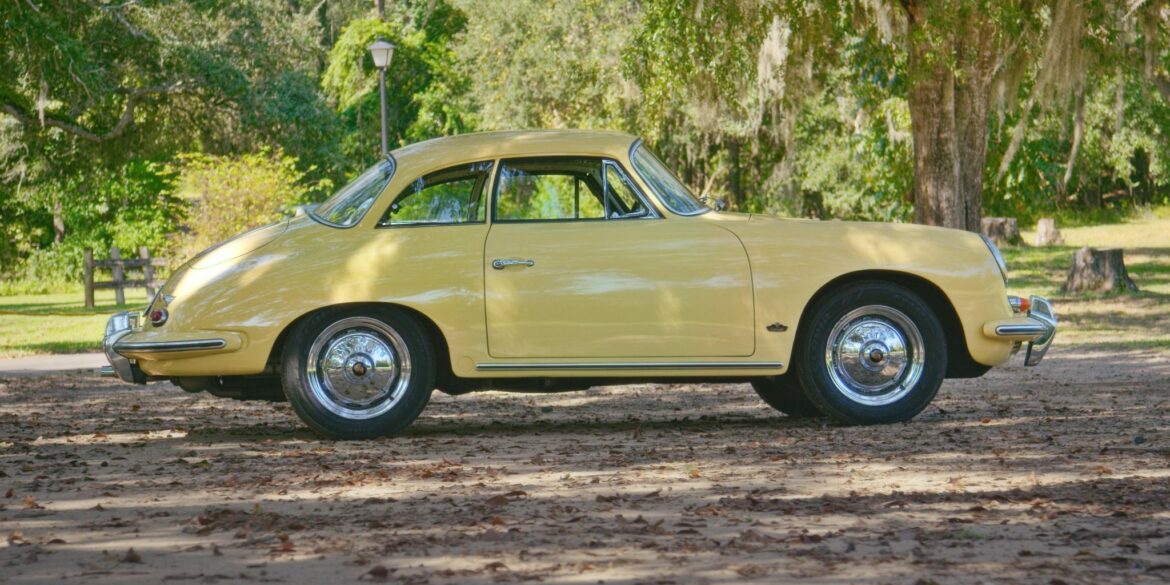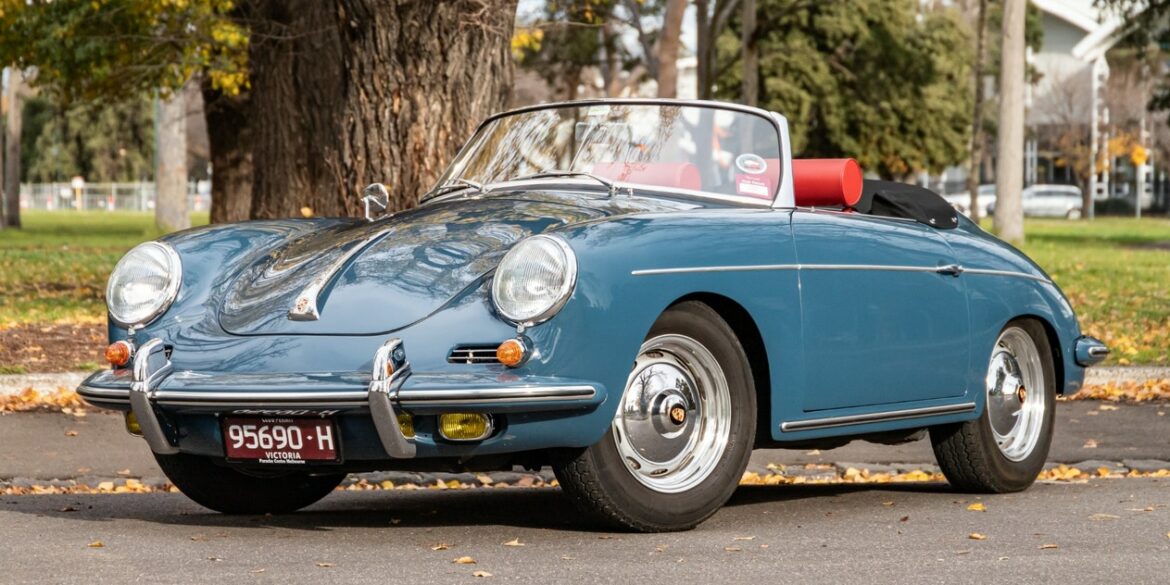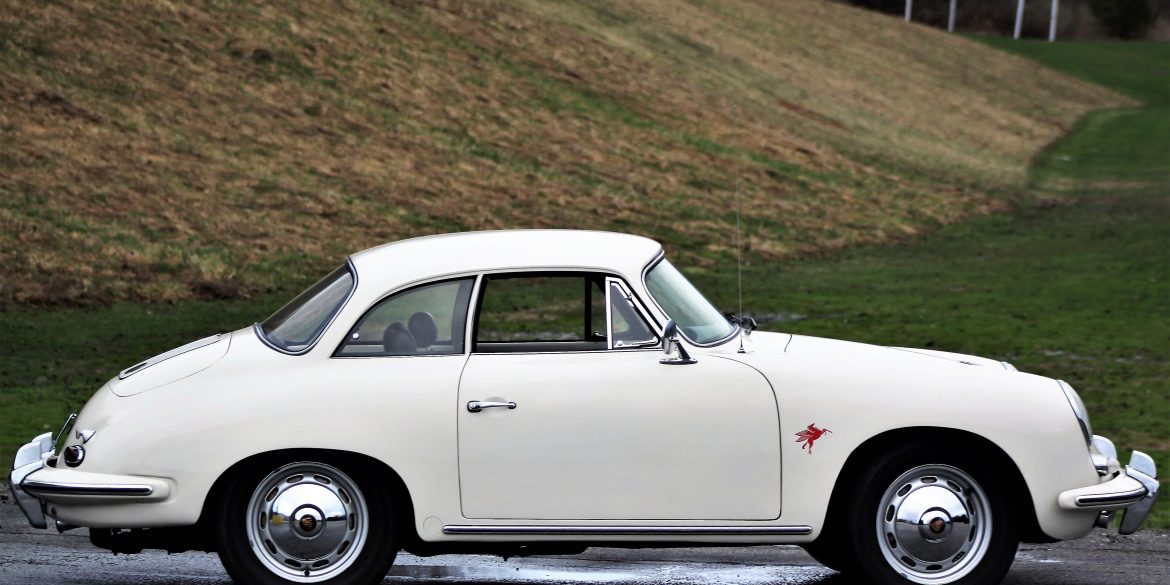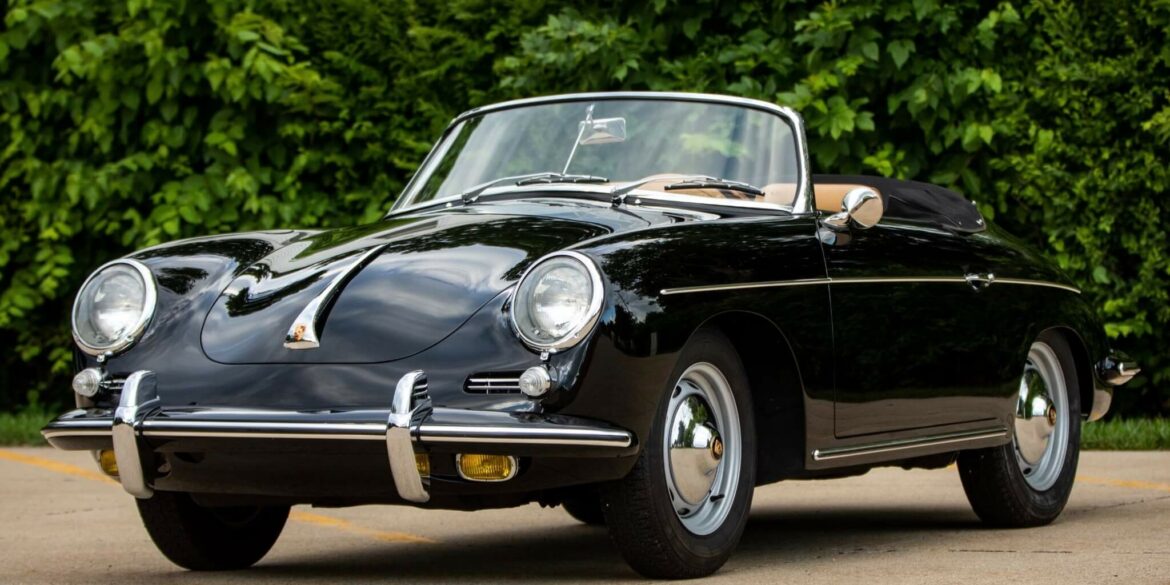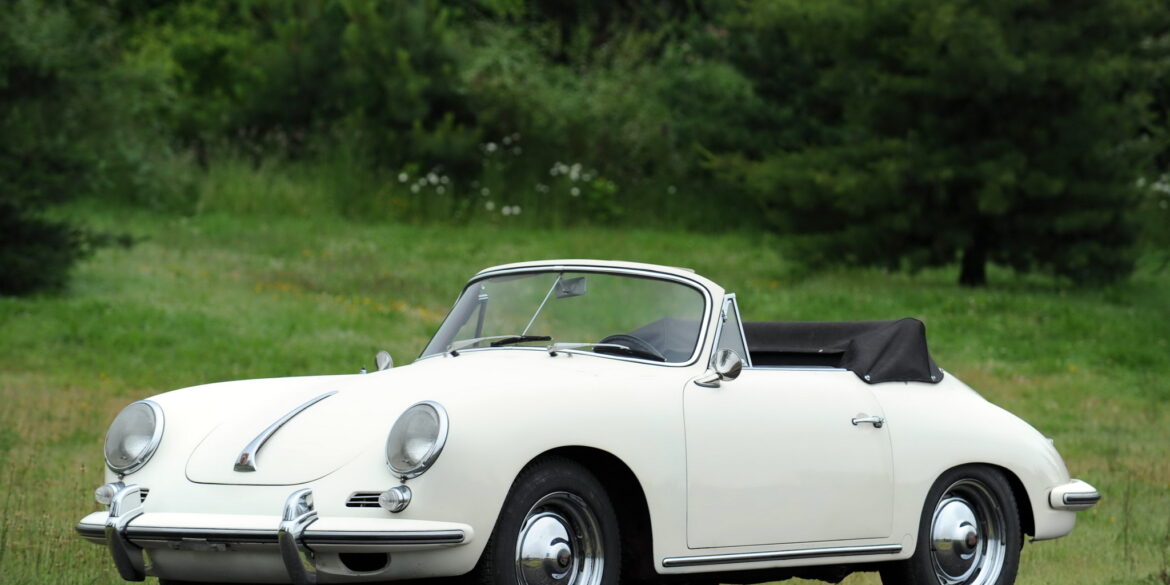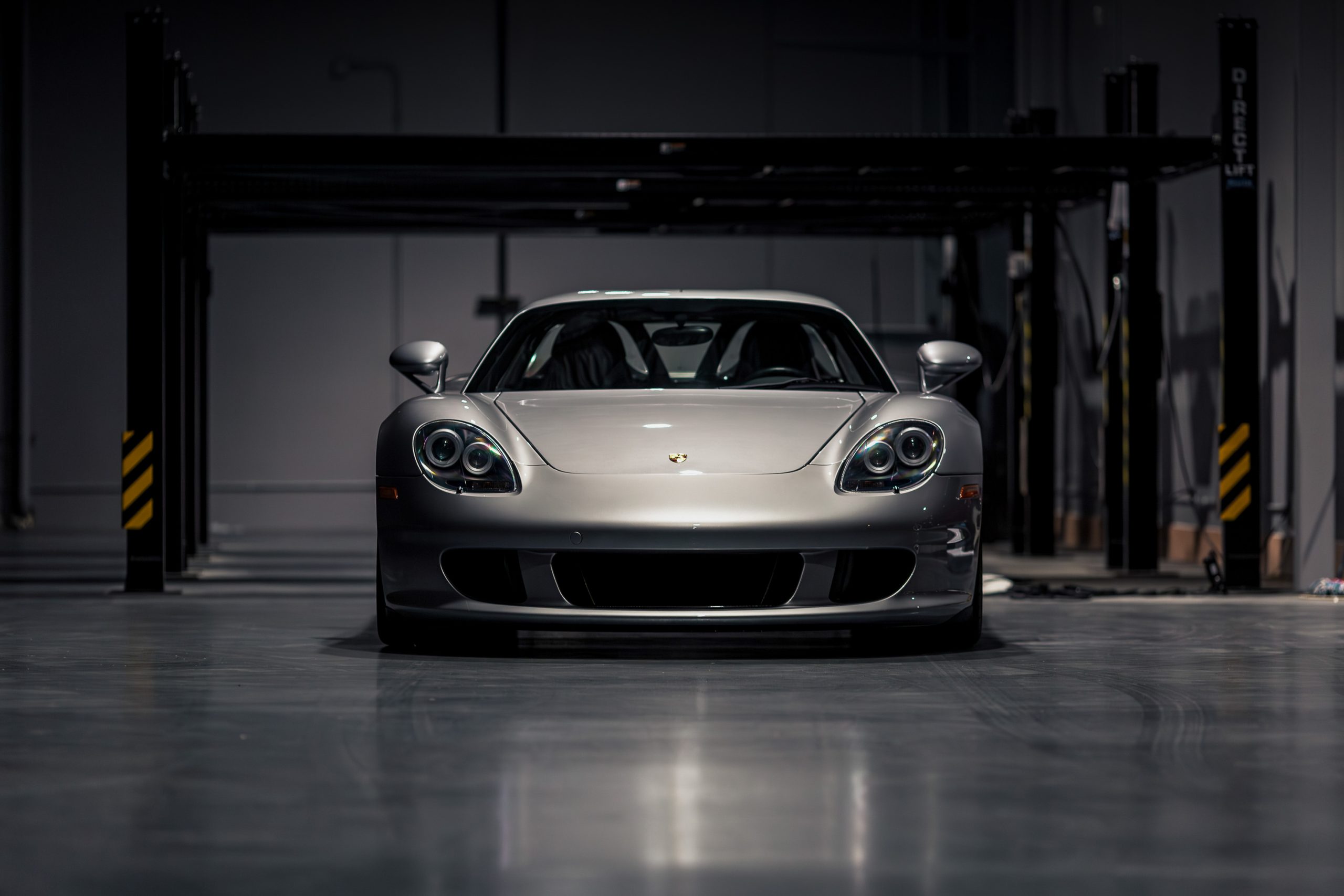The third generation of the Porsche Cayenne was unveiled in August 2017. In 2022, the Cayenne added the Platinum Edition to the SUV and coupe body styles. The Platinum Edition Cayenne applies a coat of Satin Platinum paint to a number of the vehicle's badges, as well as its fascia-mounted intake treatment and its distinct 21-inch wheels. Black exhaust tips and window trim add an extra hint of menace to the model.
JoinedMay 4, 2021
Articles3,705
Comments2
I am an Aussie boy, born and raised in Sydney who has now been living in my adopted hometown of New York since 2004. I never say NO to beer or pizza and love my wife and our three little boys. I'm an obsessed car nutcase. I talk about cars all day long. I have been into Porsches, Ferraris and every other cool carmaker since as far back as I remember. Back in 2013 I partnered up with some friends to acquire and operate some of my favorite automotive sites on the planet and Stuttcars was one of those sites. I hope to be a great steward of the brand.
Top Gear had the opportunity to drive the 1,073-hp Porsche Mission R Concept Porsche has two major goals with the Mission R Concept that debuted in September 2021. On the one hand, this compact all-electric supercar is a preview of the next-generation Cayman EV. While we doubt the production car will...
PistonHeads Reviews the 2022 Porsche 911 GT3 Touring There are many reasons to like the new Porsche 911 GT3 – its stunning 9,000rpm flat-six chief among them. But the latest 992 generation is also most extreme yet, with that enormous rear wing making sure all around know how much you...
The 2023 Porsche Macan T brings touring style to the Macan. This new model sits between the base Macan and the midlevel S. Positioned between the base Macan and the midrange Macan S, the Macan T packs the same 2.0-liter turbocharged four-cylinder found in the entry-level model, delivering 261 horsepower and 295 pound-feet of torque through a standard seven-speed PDK dual-clutch transmission. The German automaker says the powertrain is good for a 5.8-second 0-to-60-mph dash and a top speed of 144 mph. Unsurprisingly, those are the same factory performance estimates as the standard Macan when fitted with the optional Sport Chrono Package that comes standard on this T.
No Subscription? You’re missing out Get immediate ad-free access to all our premium content. Get Started Already a Member? Sign in to your account here....
2023 – Present Porsche Macan T Pictures & Gallery...
In 1972 Porsche Design was founded. The celebratory car is a 911 Targa 4 GTS, painted and finished to commemorate the Chronograph 1, which Porsche says was the first all-black watch. Gloss black paint is highlighted by a Satin Platinum finish on the targa bar and wheels. Inside, the Edition 50 Years Porsche Design—as English majors, you have no idea how painful it is for us to type that—gets black-and-gray checkered upholstery, a slate-gray steering wheel, and plenty of limited-edition badging, including F.A. Porsche's signature embossed into the center armrest. The powertrain is standard for the Targa 4 GTS.
No Subscription? You’re missing out Get immediate ad-free access to all our premium content. Get Started Already a Member? Sign in to your account here....
2022 – 2023 Porsche 911 Edition 50 Years Porsche Design (992.1) Pictures & Gallery...
Porsche Vision Gran Turismo (2022) Pictures ...
Porsche Cayman GT4 RS Clubsport (2022 – Present) Pictures ...
2022 Porsche 718 Cayman GT4 RS Technical Specifications The most significant change is the 4.0 litre six-cylinder boxer engine. This high-revving powerplant has been taken directly from the 911 GT3 Cup race car and develops 500 PS in the 718 Cayman GT4 RS Clubsport – 75 PS more than the...
The most significant change is the 4.0 litre six-cylinder boxer engine. This high-revving powerplant has been taken directly from the 911 GT3 Cup race car and develops 500 PS in the 718 Cayman GT4 RS Clubsport – 75 PS more than the previous GT4 Clubsport model. In addition to many upgraded details, the focus in developing the new 718 Cayman GT4 RS Clubsport was on further improving overall performance. The standard 7-speed dual-clutch transmission (PDK) fitted to the car now uses all seven forward gears, rather than six.
2022 Porsche 718 Cayman GT4 RS Technical Specifications The 718 Cayman GT4 RS is powered by a naturally aspirated flat-six engine, and delivers a power output of 500PS at high 9000 rpm revs. Compared to the 718 Cayman GT4, the new model has an extra power of 80 PS and...
Porsche Cayman GT4 RS (2022 – Present) Pictures ...
New for 2022 is the most exciting Cayman ever, the 718 Cayman GT4 RS. The GT4 RS is equipped with the same scintillating flat-six engine that powers the 911 GT3. It's a 4.0-liter unit that makes 493 hp and 331 lb-ft of torque in the GT4 RS. Porschephiles will notice that those figures are not quite as high as in the 911 GT3, which packs 502 hp and 346 lb-ft. Big numbers for a small, lightweight car. It is only available with a seven-speed dual-clutch to optimize lap times further. Nobody has driven it yet from the motoring public, but we eagerly await that day and will report back here.
Personally, I just love the Porsche 930 Turbo, especially the 3.3-Liter version made between 1978 and 1989, with nearly 19,000 units made at Zuffenhausen, Stuttgart in West Germany, it shouldn’t be a rare car, but with the last one leaving the factory doors over 30 years ago, you will understand...
The Porsche Vision Gran Turismo concept is designed for the PlayStation video game, Gran Turismo 7. Porsche, like other automakers, has designed a car specifically for the game. While it may seem like a mid-engined sports car, the Porsche Vision GT is a pure EV. It features no traditional doors. Instead, the upper canopy opens up at the front to access the cockpit. The pure EV uses an 87 kWh battery that would last for 310 miles. The peak power output is a bit under 1,300 hp from an all-wheel-drive setup. The Porsche VGT can accelerate from 0-62mph in a plausible 2.1 seconds and max out at 217mph.
The Porsche Mission R concept is intended to equal the performance of the 992-series 911 GT3 Cup. It features 900-volt fast-charging architecture, an 82.0-kWh battery pack, and modularly integrated front and rear motors with single-speed transmissions featuring straight-cut gears (typical in racing) and mechanical differential locks. The front and rear motors thus provide all-wheel drive and are identical; in "qualifying mode," they produce a total output of 1,073 horsepower, whereas "race mode" delivers 671 total horsepower. The Porsche Mission R is theoretically capable of a best 0-60-mph time of about 2.5 seconds and a top speed of 186 mph or so.
Porsche Taycan Sales Figures Deliveries of the Porsche 911 outpaced Taycan sales for 2021 as a whole after trading places in previous quarters. The 911 totaled 10,042 deliveries, an increase of 14 percent from the year before. Overall full-year performance was led by the Macan and Cayenne, for a combined...
Porsche Panamera Sales Figures Porsche Panamera Sales Numbers (U.S Market) Sales Totals Per Year & Model (coming soon) No Subscription? You’re missing out Get immediate ad-free access to all our premium content. Get Started Already a Member? Sign in to your account here....
Porsche Macan Sales Figures Porsche Macan Sales Numbers (U.S Market) Sales Totals Per Year & Model (coming soon) No Subscription? You’re missing out Get immediate ad-free access to all our premium content. Get Started Already a Member? Sign in to your account here....
Porsche Cayenne Sales Figures Porsche Cayenne Sales Numbers (U.S Market) Sales Totals Per Year & Model (coming soon) No Subscription? You’re missing out Get immediate ad-free access to all our premium content. Get Started Already a Member? Sign in to your account here....
Porsche 718 Boxster & Cayman Sales Figures Porsche 718 Sales Numbers (U.S Market) Sales Totals Per Year & Model (coming soon) No Subscription? You’re missing out Get immediate ad-free access to all our premium content. Get Started Already a Member? Sign in to your account here....
Porsche 911 Sales Figures Porsche 911 Sales Numbers (U.S Market) Sales Totals Per Year & Model (coming soon) No Subscription? You’re missing out Get immediate ad-free access to all our premium content. Get Started Already a Member? Sign in to your account here....
Porsche is arguably one of the premier car brands in the world. Porsche produces high performance sedans, sports cars, and sedans, which they sell worldwide. It is known across the world for its stunning designs and amazing performance levels. We take a look at sales figures and production data and it is clear that Porsche is still ascending in terms of success. It continues to break records and with the introduction of electric cars and smaller SUVs we expect continued success.
Singer Vehicle Design – Suisse Commission Today, we take a closer look at the Singer Vehicle Designs Suisse Commission. This left hand drive coupe is yet another green Singer. Like other Classic Study cars, the Suisse is built in Singer’s California location. This car was shared with the public in...
Porsche 911 (G-Body) Paint Color Options This post outlines all the color options for the original G-Body generation Porsche 911 over its production life, from 1973 model year through to end of 1989 production. We have official books and catalogs of all the color options for the G-Series Porsche 911s....
Porsche 911 (F-Body) Paint Color Options This post outlines all the color options for the original F-Body (Classic) generation Porsche 911 over its production life, from 1963 model year through to end of 1973 production. We have official books and catalogs of all the color options for the F-Series Porsche...
Porsche 356 Paint Color Options This post outlines all the color options for the 356 over its production life. We have official books and catalogs of all the color options for the 356 Porsche free to download. Exterior & Interior Porsche 356 Colors (1960 – 1961) Colors & Equipment Samples...
This is no ordinary Porsche “I’ve had so many great times in it, all over the world. Even the Eskimos like it!” As you may have guessed, this is no ordinary Porsche; Lorenzo has owned his 356-A since he was 21, and in his over 50 years of ownership he...
This is what it is all about It takes a lot of driving, work, and a little bit of luck to achieve nearly a million miles in one car. Guy Newmark has been driving one car for forty-five years, a beautiful blue 356, and he has no thoughts of driving...
Porsche 356 Production & Chassis Numbers (1950 – 1965) The evolution of the 356 was constant throughout its production history. Changes were introduced in the middle of a model year, necessitating inspection of the manufacturing year as well as the sales model year to really understand the total production numbers....
Porsche 356 Engine Codes There are several important numbers to identify a 356 engine. The first, and most obvious one, is the serial number, which uniquely identifies each engine. It is on the “third piece” of the case, or timing cover, below the generator stand (or on the generator stand...
1953 – 1955 Porsche 356/1500 Super Cabriolet (Pre-A) Pictures & Gallery...
1953 – 1955 Porsche 356/1500 Super Coupe (Pre-A) Pictures & Gallery ...
No Subscription? You’re missing out Get immediate ad-free access to all our premium content. Get Started Already a Member? Sign in to your account here....
No Subscription? You’re missing out Get immediate ad-free access to all our premium content. Get Started Already a Member? Sign in to your account here....
No Subscription? You’re missing out Get immediate ad-free access to all our premium content. Get Started Already a Member? Sign in to your account here....
No Subscription? You’re missing out Get immediate ad-free access to all our premium content. Get Started Already a Member? Sign in to your account here....
1954 – 1955 Porsche 356/1300 Super Cabriolet (Pre-A) Pictures & Gallery ...
1954 – 1955 Porsche 356/1300 Super Coupe (Pre-A) Pictures & Gallery...
No Subscription? You’re missing out Get immediate ad-free access to all our premium content. Get Started Already a Member? Sign in to your account here....
No Subscription? You’re missing out Get immediate ad-free access to all our premium content. Get Started Already a Member? Sign in to your account here....
No Subscription? You’re missing out Get immediate ad-free access to all our premium content. Get Started Already a Member? Sign in to your account here....
No Subscription? You’re missing out Get immediate ad-free access to all our premium content. Get Started Already a Member? Sign in to your account here....
1954 – 1955 Porsche 356/1300 Split-Window Cabriolet (Pre-A) Pictures & Gallery...
1954 – 1955 Porsche 356/1300 Split-Window Coupe (Pre-A) Pictures & Gallery...
1951 – 1953 Porsche 356/1300 Split-Window Cabriolet (Pre-A) Pictures & Gallery...
1951 – 1953 Porsche 356/1300 Split-Window Coupe (Pre-A) Pictures & Gallery...
No Subscription? You’re missing out Get immediate ad-free access to all our premium content. Get Started Already a Member? Sign in to your account here....
No Subscription? You’re missing out Get immediate ad-free access to all our premium content. Get Started Already a Member? Sign in to your account here....
No Subscription? You’re missing out Get immediate ad-free access to all our premium content. Get Started Already a Member? Sign in to your account here....
No Subscription? You’re missing out Get immediate ad-free access to all our premium content. Get Started Already a Member? Sign in to your account here....
1952 – 1954 Porsche 356/1100 Cabriolet (Pre-A) Pictures & Gallery...
1952 – 1954 Porsche 356/1100 Coupe (Pre-A) Pictures & Gallery...
1950 – 1951 Porsche 356/1100 Split-Window Cabriolet (Pre-A) Pictures & Gallery...
No Subscription? You’re missing out Get immediate ad-free access to all our premium content. Get Started Already a Member? Sign in to your account here....
No Subscription? You’re missing out Get immediate ad-free access to all our premium content. Get Started Already a Member? Sign in to your account here....
No Subscription? You’re missing out Get immediate ad-free access to all our premium content. Get Started Already a Member? Sign in to your account here....
No Subscription? You’re missing out Get immediate ad-free access to all our premium content. Get Started Already a Member? Sign in to your account here....
On Track In the Porsche Mission R The all-electric Porsche Mission R is a vision of the marque’s motorsport future and although it’s just a concept for now, it certainly doesn’t lack performance. Adam Towler had a brief opportunity to experience it first hand. Porsche built the Mission R Concept as...
No Subscription? You’re missing out Get immediate ad-free access to all our premium content. Get Started Already a Member? Sign in to your account here....
1957 – 1958 Porsche 356A/1500GS Carrera GT Speedster Pictures & Gallery...
1959 Porsche 356A/1600GS Carrera de Luxe Cabriolet Pictures & Gallery...
1959 Porsche 356A/1600GS Carrera de Luxe Coupé Pictures & Gallery...
1959 Porsche 356A/1600 Super Convertible D Pictures & Gallery...
1956 – 1959 Porsche 356A/1600 Super Speedster Pictures & Gallery...
1956 – 1959 Porsche 356A/1600 Super Cabriolet Pictures & Gallery ...
1956 – 1959 Porsche 356A/1600 Super Coupe Pictures & Gallery ...
1956 – 1957 Porsche 356A/1300 Super Speedster Pictures & Gallery...
1956 – 1957 Porsche 356A/1300 Super Cabriolet Pictures & Gallery...
1956 – 1957 Porsche 356A/1300 Super Coupe Pictures & Gallery...
1956 – 1957 Porsche 356A/1300 Speedster Pictures & Gallery...
1956 – 1957 Porsche 356A/1300 Cabriolet Pictures & Gallery...
1956 – 1957 Porsche 356A/1300 Coupe Pictures & Gallery...
No Subscription? You’re missing out Get immediate ad-free access to all our premium content. Get Started Already a Member? Sign in to your account here....
No Subscription? You’re missing out Get immediate ad-free access to all our premium content. Get Started Already a Member? Sign in to your account here....
No Subscription? You’re missing out Get immediate ad-free access to all our premium content. Get Started Already a Member? Sign in to your account here....
No Subscription? You’re missing out Get immediate ad-free access to all our premium content. Get Started Already a Member? Sign in to your account here....
No Subscription? You’re missing out Get immediate ad-free access to all our premium content. Get Started Already a Member? Sign in to your account here....
No Subscription? You’re missing out Get immediate ad-free access to all our premium content. Get Started Already a Member? Sign in to your account here....
No Subscription? You’re missing out Get immediate ad-free access to all our premium content. Get Started Already a Member? Sign in to your account here....
No Subscription? You’re missing out Get immediate ad-free access to all our premium content. Get Started Already a Member? Sign in to your account here....
No Subscription? You’re missing out Get immediate ad-free access to all our premium content. Get Started Already a Member? Sign in to your account here....
No Subscription? You’re missing out Get immediate ad-free access to all our premium content. Get Started Already a Member? Sign in to your account here....
No Subscription? You’re missing out Get immediate ad-free access to all our premium content. Get Started Already a Member? Sign in to your account here....
No Subscription? You’re missing out Get immediate ad-free access to all our premium content. Get Started Already a Member? Sign in to your account here....
No Subscription? You’re missing out Get immediate ad-free access to all our premium content. Get Started Already a Member? Sign in to your account here....
No Subscription? You’re missing out Get immediate ad-free access to all our premium content. Get Started Already a Member? Sign in to your account here....
No Subscription? You’re missing out Get immediate ad-free access to all our premium content. Get Started Already a Member? Sign in to your account here....
No Subscription? You’re missing out Get immediate ad-free access to all our premium content. Get Started Already a Member? Sign in to your account here....
No Subscription? You’re missing out Get immediate ad-free access to all our premium content. Get Started Already a Member? Sign in to your account here....
No Subscription? You’re missing out Get immediate ad-free access to all our premium content. Get Started Already a Member? Sign in to your account here....
1959 – 1963 Porsche 356B/1600 Notchback Coupe Pictures & Gallery...
1961 – 1963 Porsche 356B/1600 Super 90 Notchback Coupe Pictures & Gallery...
1959 – 1963 Porsche 356B/1600 Super 90 Roadster Pictures & Gallery...
1959 – 1963 Porsche 356B/1600 S Notchback Coupe Pictures & Gallery...
1959 – 1963 Porsche 356B/1600 S Roadster Pictures & Gallery...
1959 – 1963 Porsche 356B/1600 Super 90 Cabriolet Pictures & Gallery ...


